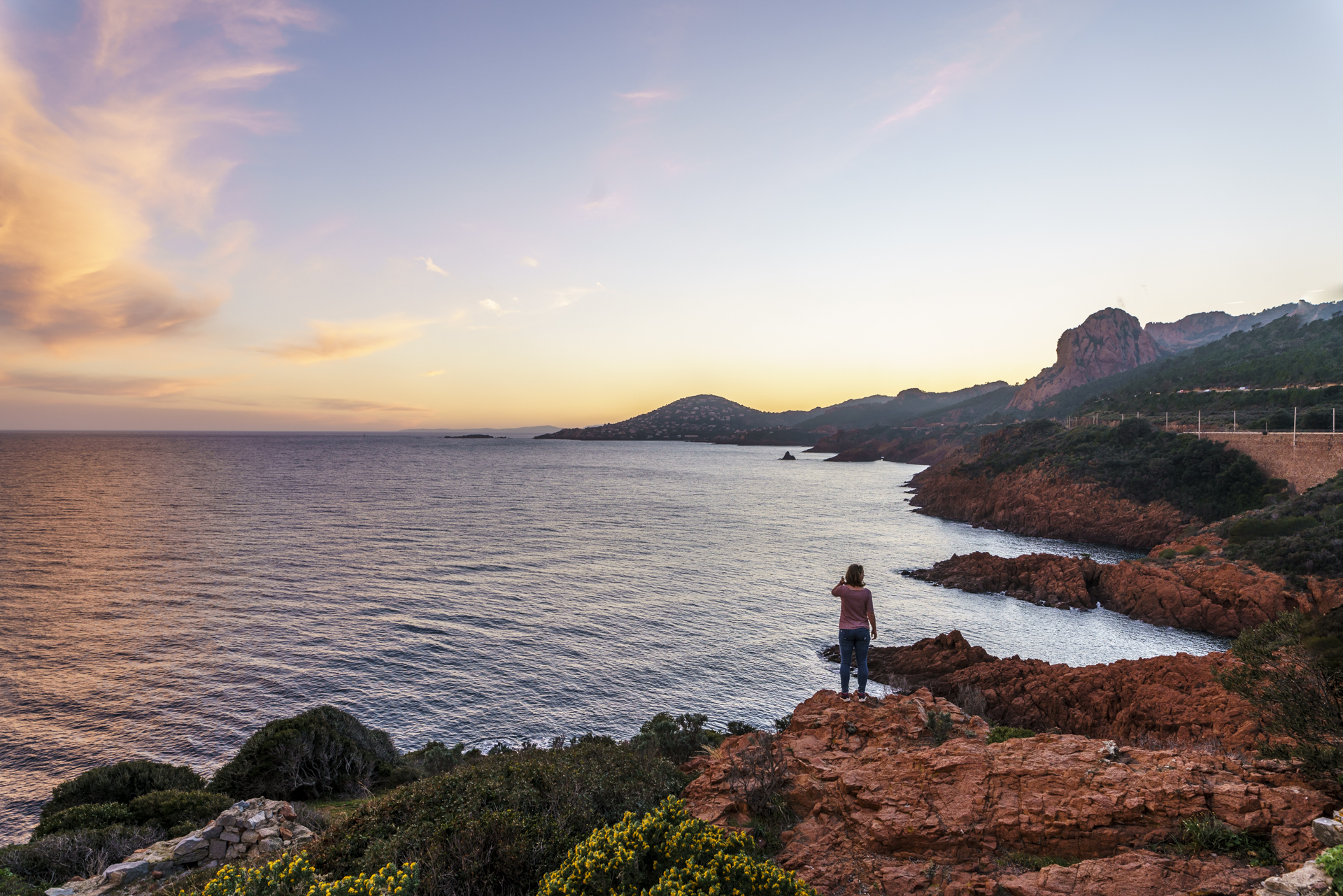
South of France road trip – on the Route du Mimosa
130 kilometres from the Côte d’Azur to the unspoilt Var region. The Route du Mimosa from Grasse to Bormes-les-Mimosas is a varied road trip along the beautiful coastline of the south of France. The focus is on the bright yellow mimosa blossoms – the locals affectionately call it “winter sun” because it is in full bloom from February onwards. For those who are starting to get tired of the grey winter days at the end of February, the Route du Mimosa is an ideal destination to soak up the sun and breathe in the spring air. When we return, winter feels only half as bad for us.
South of France Road Trip: Start in the Perfume City of Grasse
But the weather starts disappointingly. Nice welcomes us on a Thursday evening gray in gray. In addition, due to our flight delay, we landed right in the middle of the chaotic evening traffic. The short drive to Grasse – less than thirty minutes – is therefore prolonged, and when we finally arrive on site, it is already getting dark. Nevertheless, the first view of the hill town is promising. Following the rumbling of our stomachs, we stop at the Trois Garçons restaurant on the edge of the old town (10 Place de la Foux). The speciality of the house: risotto stirred in a large Parmesan loaf with ingredients of the day. Very fine!
“Are these mimosas?” I ask the next morning when I see a glowing yellow shrub for the first time. The finding: Not every yellow shrub is a mimosa. At this time of year, in addition to mimosas, other coastal plants are also shining. “You can see them blooming on the hill,” our guide informs me and points in the direction of the Massif du Tanneron. In addition to the well-known roses and jasmine blossoms from Grasse, mimosas were a very important part of the booming perfume and cosmetics industry. An exciting overview of the history of perfume can be found in the International Perfume Museum in the old town of Grasse. Whereby my nose is put to the test with all the taster opportunities. The same applies to the subsequent tour of the old town. In some places, former perfume workshops have left a slight scent to this day.
We follow in the footsteps of Jean-Baptiste Grenouille, the perfumer from Patrick Süskind’s well-known novel “Perfume”, through the narrow streets of the old town. One person who is stirring up the scene with new ideas today is Didier Gaglewski. The doors to his small perfume shop are invitingly open and I can’t resist taking a look inside. I am particularly fond of his perfume “Journaliste” – a slightly oriental spicy note. Interestingly, it is intended for men. A stroll through the city makes you hungry – on the recommendation of Ela, who reported on the culinary facets of Grasse on her blog, we get the typical fougassette refined with orange blossom water. At the end of our tour, we stop at the historic Fragonard perfume factory, where daily guided tours of the company building are offered. Today, large-scale production takes place outside the old town. However, the old machines are still in daily use. What happens fully automatically outside the city centre is processed here by hand step by step. If you buy a souvenir in the shop afterwards, you won’t see the difference – whether automated or processed in the old factory.
Route du Mimosa: Stage 1 from Grasse to Mandelieu
We leave Grasse behind us and follow the mimosas towards the coast. Mandelieu-la-Napoule calls itself the mimosa capital of the Alpes-Maritimes department. During our walk through the bright yellow hilly landscape of the Massif de Tanneron above the charming coastal town, it becomes clear why. The wild mimosas thrive here magnificently! In addition to wild mimosas, there are also so-called “mimosistes” such as Bernard Vial, who cultivates the plant and causes it to flower earlier in heated rooms.
In Mandelieu we walk from the striking castle of la Napoule along the coastal strip to the beautifully situated beach of La Raguette with its bistro of the same name. This is also well filled with locals at lunchtime out of season. That’s a good sign – and we won’t be disappointed in terms of culinary delights.
Abstecher ins Massif de l’Estérel
The fact that mimosas are not equally popular everywhere is something we learn when we make a detour to the Massif de l’Estérel. But first of all, we marvel at the fascinating landscape through which we drive. The picturesque coastal road at the foot of the massif, which glows red in the sunset, meets all the requirements of an exciting road trip route and takes us (not without numerous photo stops) to the coastal town of Saint Raphaël in the Var department. After a fine dinner at the popular Globe Trotter’s Café, it’s time to go to bed early. The next day, the alarm clock will pull us out of our dreams early.
That’s right. We want to go back to the coast just below Cap Roux for the sunrise to capture the morning mood. After a slow start in Nice, the weather conditions are now in line with our desired programme. Afterwards, Marieka from the Saint Raphaël Tourist Office will accompany us to the Massif de l’Estérel Natural Park. As invasive, non-native plants, the mimosas within the nature park are a thorn in the side of ecologists. We spotted a few shrubs on the side of the road. In contrast to the Massif de Tanneron, however, this can almost be counted on one hand. In the Estérel Mountains, endemic plant species are the focus of nature and landscape conservation. The wild beauty of the mountain massif can be explored on foot or by bike. The King’s Tour is the circumnavigation of Cap Roux. Unfortunately, we don’t have the time for that. Instead, we make a detour to the striking rock formation Pic de l’Ours with panoramic views over the coastal strip in front of it.
Kurvenreich von Saint-Raphaël nach Bormes-les-Mimosas
The last stage of the road trip takes us through wildly romantic, undeveloped hinterland and loosely built-up coastal landscapes to the mimosa capital of the Var Bormes-les-Mimosas. Many city dwellers from the Nice catchment area are drawn to the area south of Saint Raphaël on weekends. They appreciate the vast nature, which is a rare commodity in the densely built-up coastal strip between Nice and Cannes. On the way, it is worth stopping in the lively coastal town of Sainte-Maxime (with very good restaurants such as Badiane). Also recommended is a detour to the hilltop village of Gassin. Although this is not directly part of the Route du Mimosa, it is one of the “plus beaux villages de france” and offers a magnificent view over the bay of Saint-Tropez.
After 130 kilometres packed with exciting impressions and beautiful views, we reach Bormes-les-Mimosas – either the end or starting point of the Route du Mimosa. Our timing is perfect as we catch the weekend when the legendary Corso Fleuri takes place in Bormes-les-Mimosas. In February, however, similar festivals are held almost every weekend in one of the villages along the route, so there is a good chance that this spectacle will be integrated into the trip. If you are interested in the diversity of the mimosa world, you should also plan a detour to the Julien Cavatore nursery outside Bormes. It has the largest national mimosa collection to admire.
Accommodation tips along the Route du Mimosa
- Grasse
Hotel Mandarine – very basic hotel with great view over the old town
Bastide Saint Mathieu – beautiful boutique hotel - Saint Raphël
Hotel Excelsior – well-located 4 star hotel on the seafront
La Villa Mauresque – small luxury hotel with pool - Bormes-les-Mimosas
Hotel Restaurant New Life – casual boutique hotel (located just outside)
You can find more information about the Route du Mimosa here: routedumimosa.com
Note: Our trip along the Route du Mimosa was supported by Atout France, the Comité Régional de Tourisme Provence-Alpes-Côte d’Azur, Visit Var as well as the local partners in Grasse, Mandelieu-la-Napoule, Saint-Raphaël and Bormes-les-Mimosas.


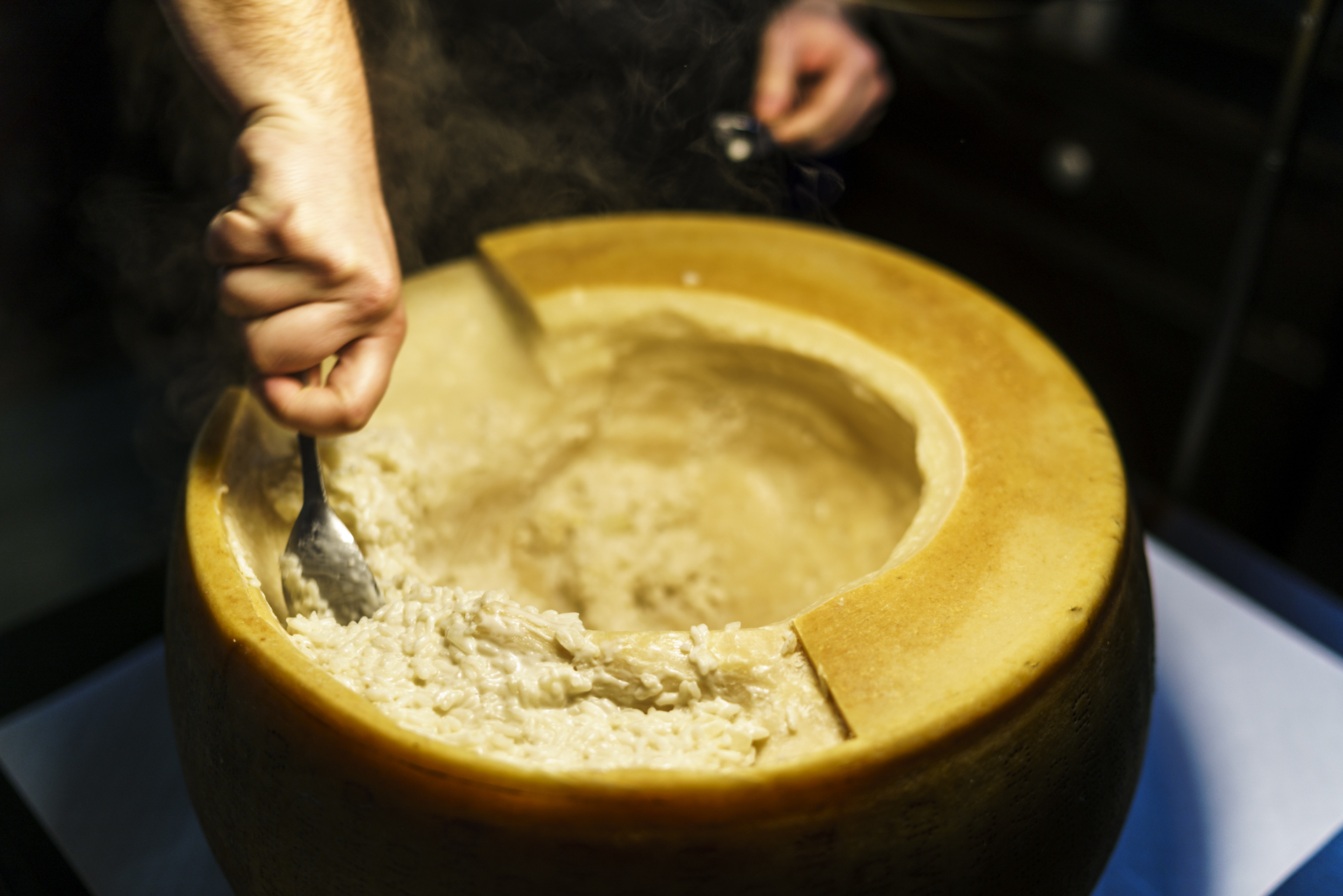
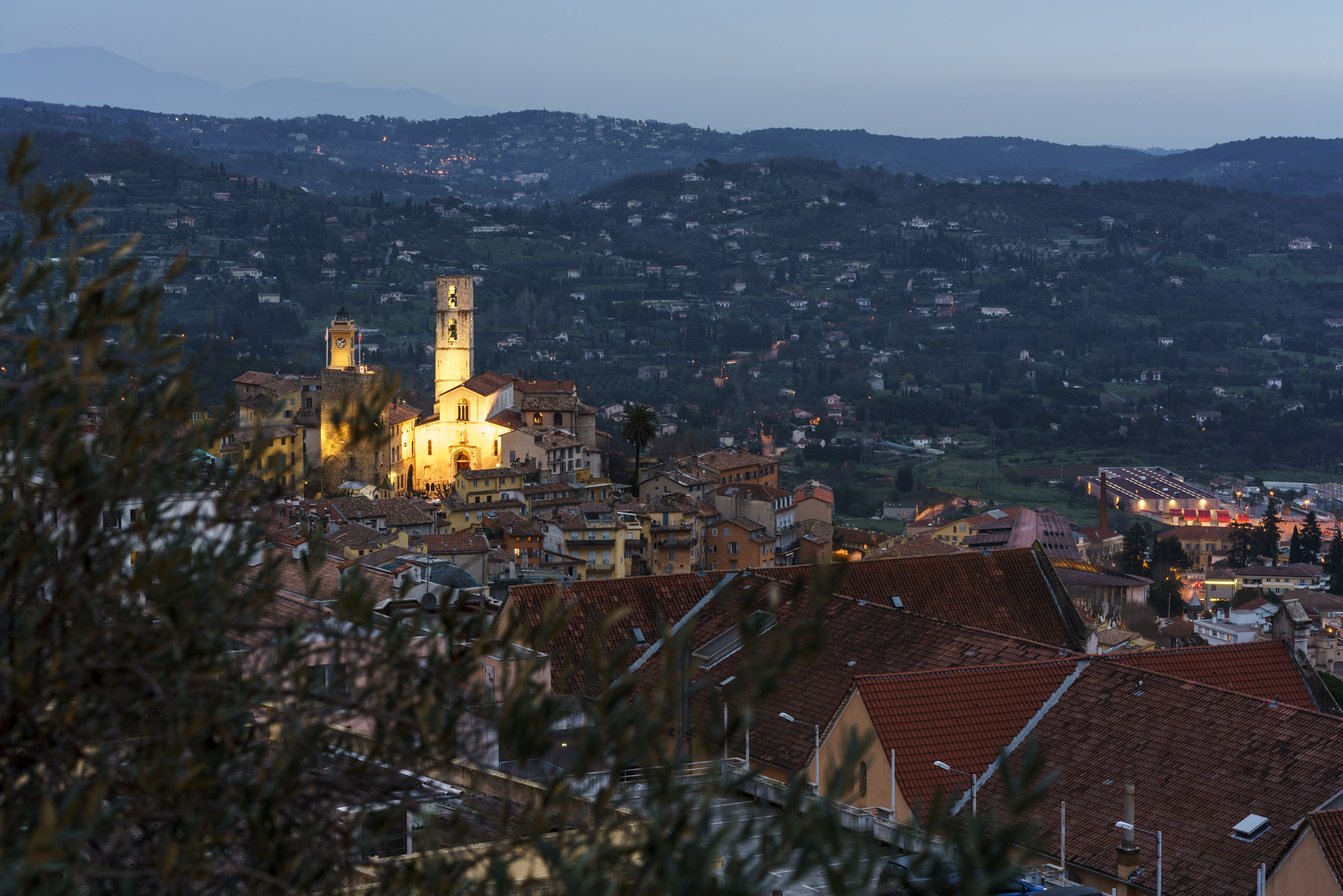
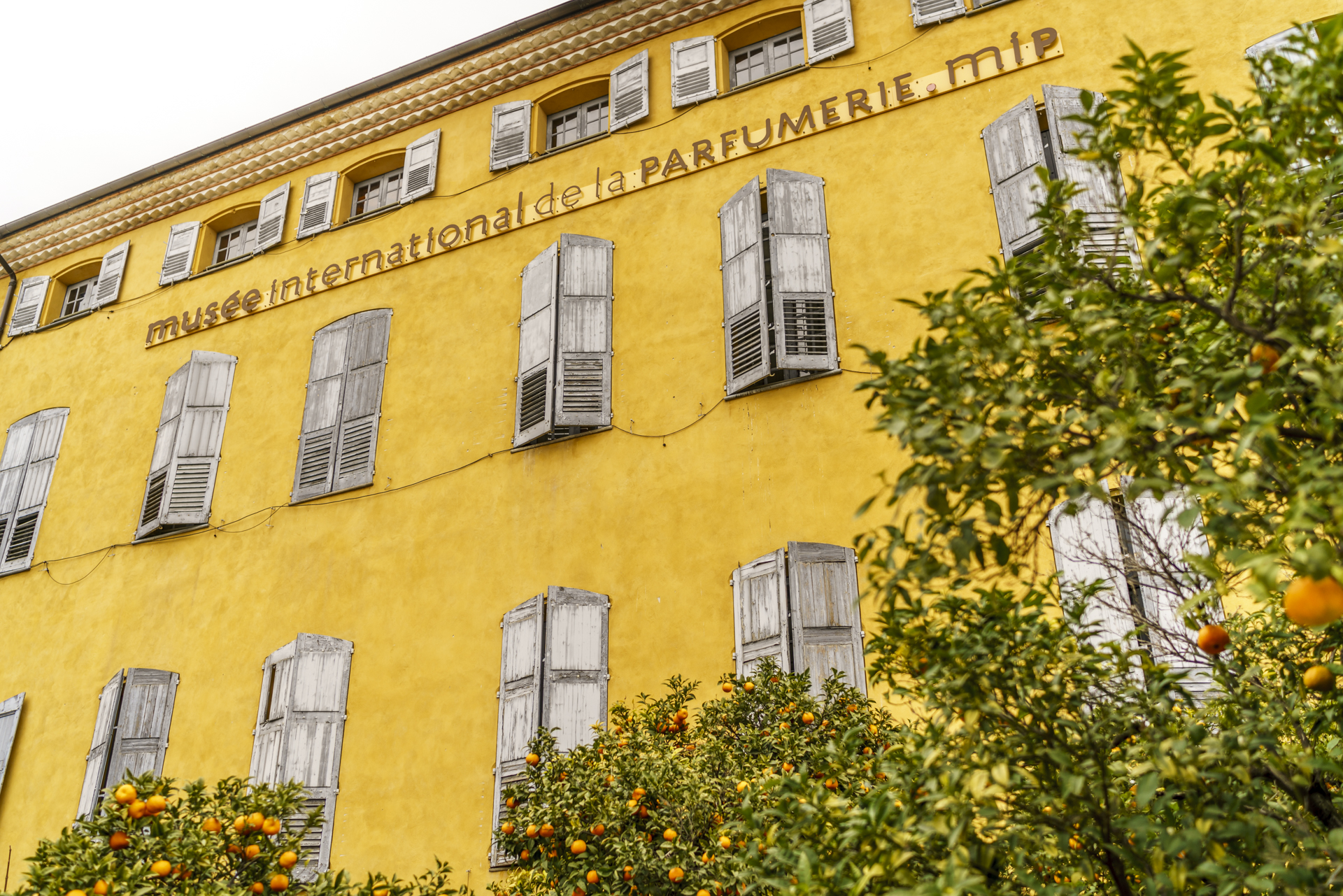
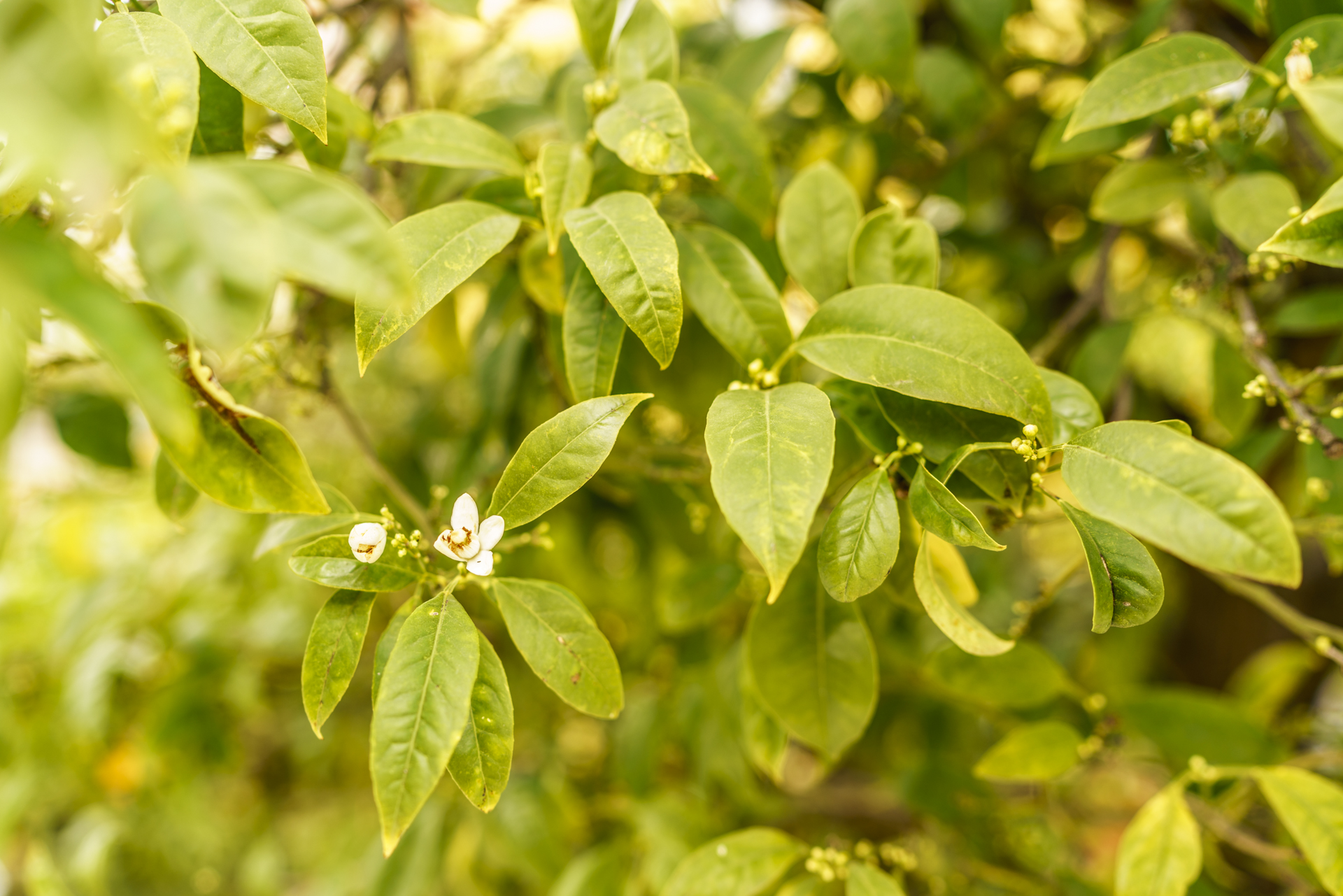
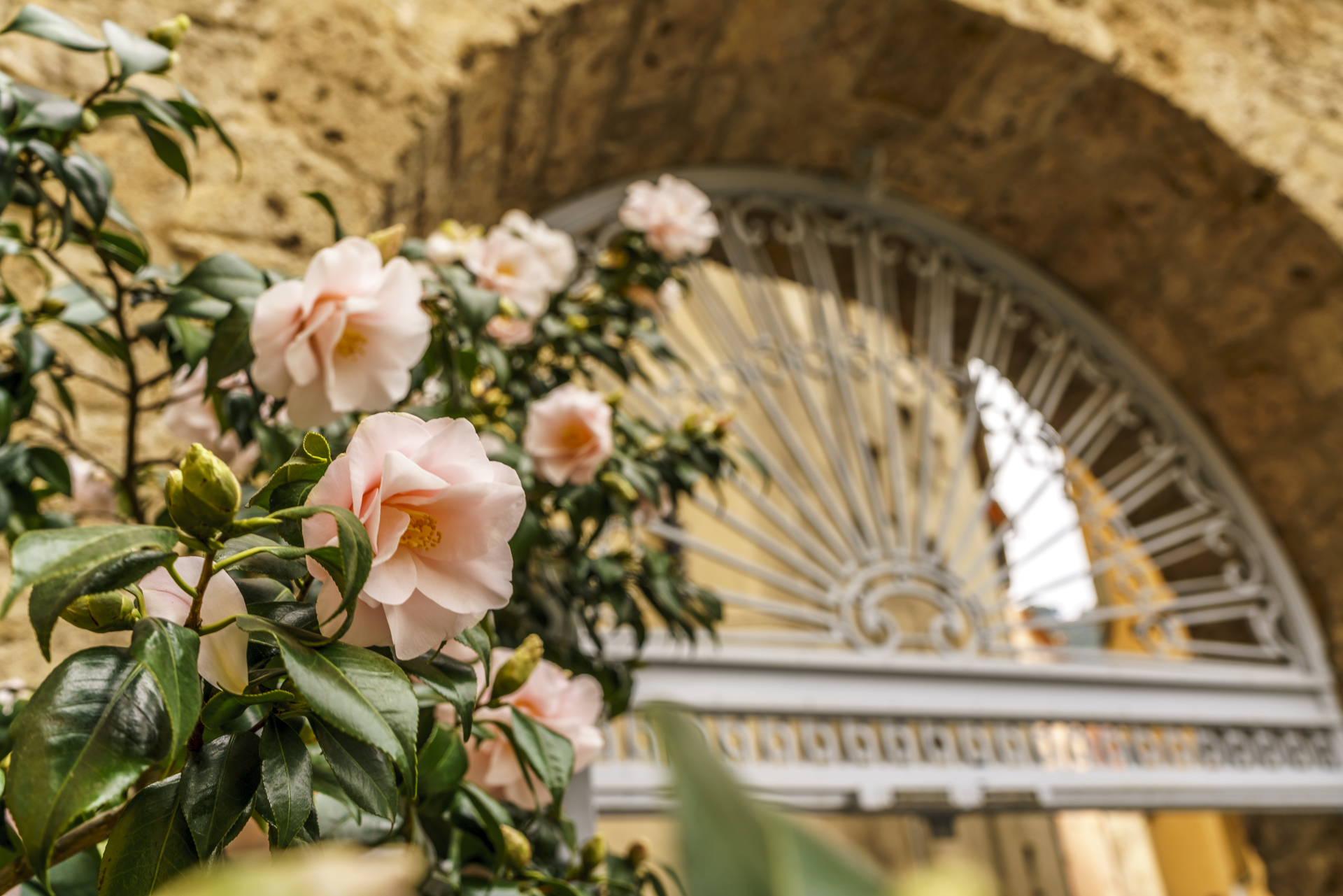
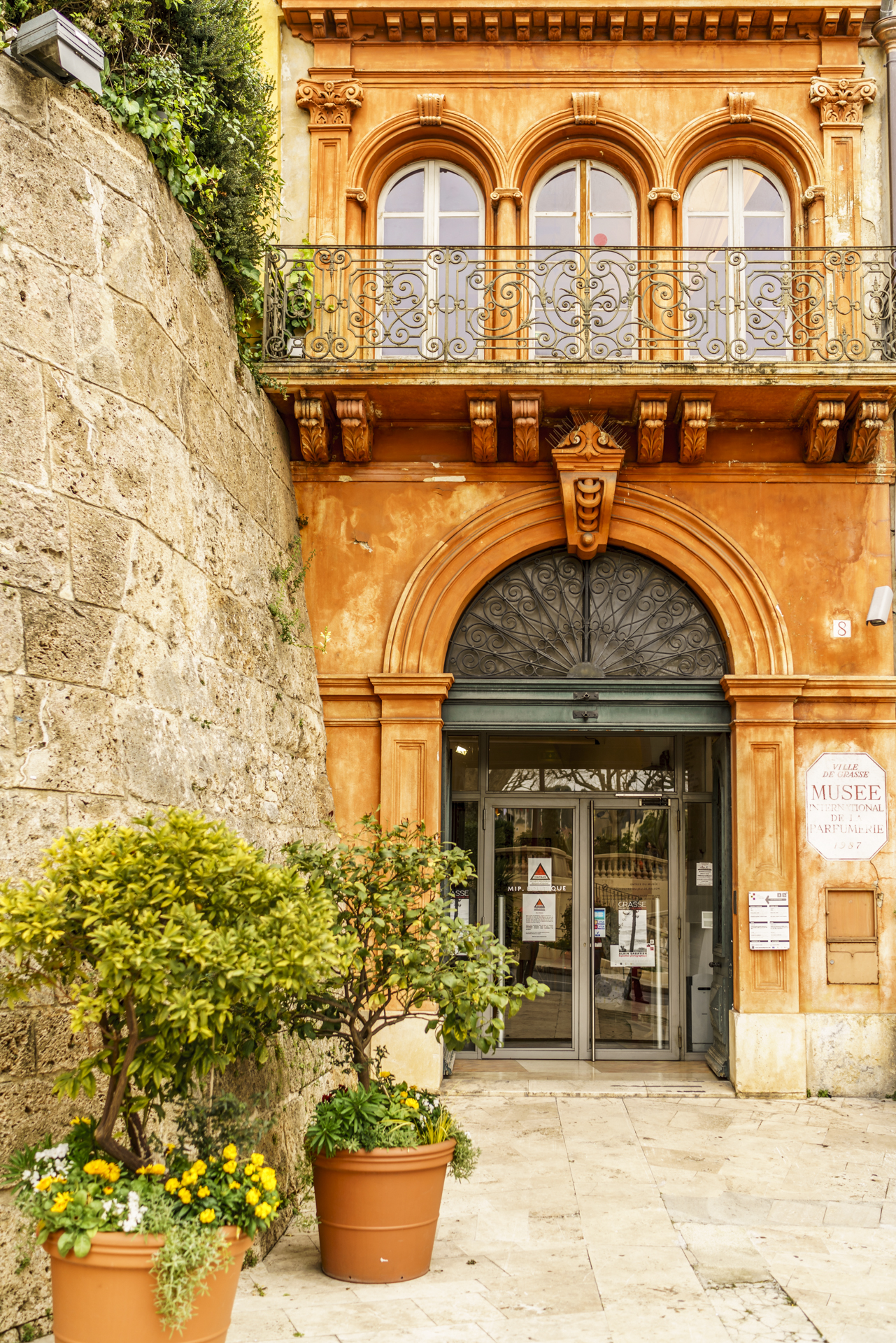
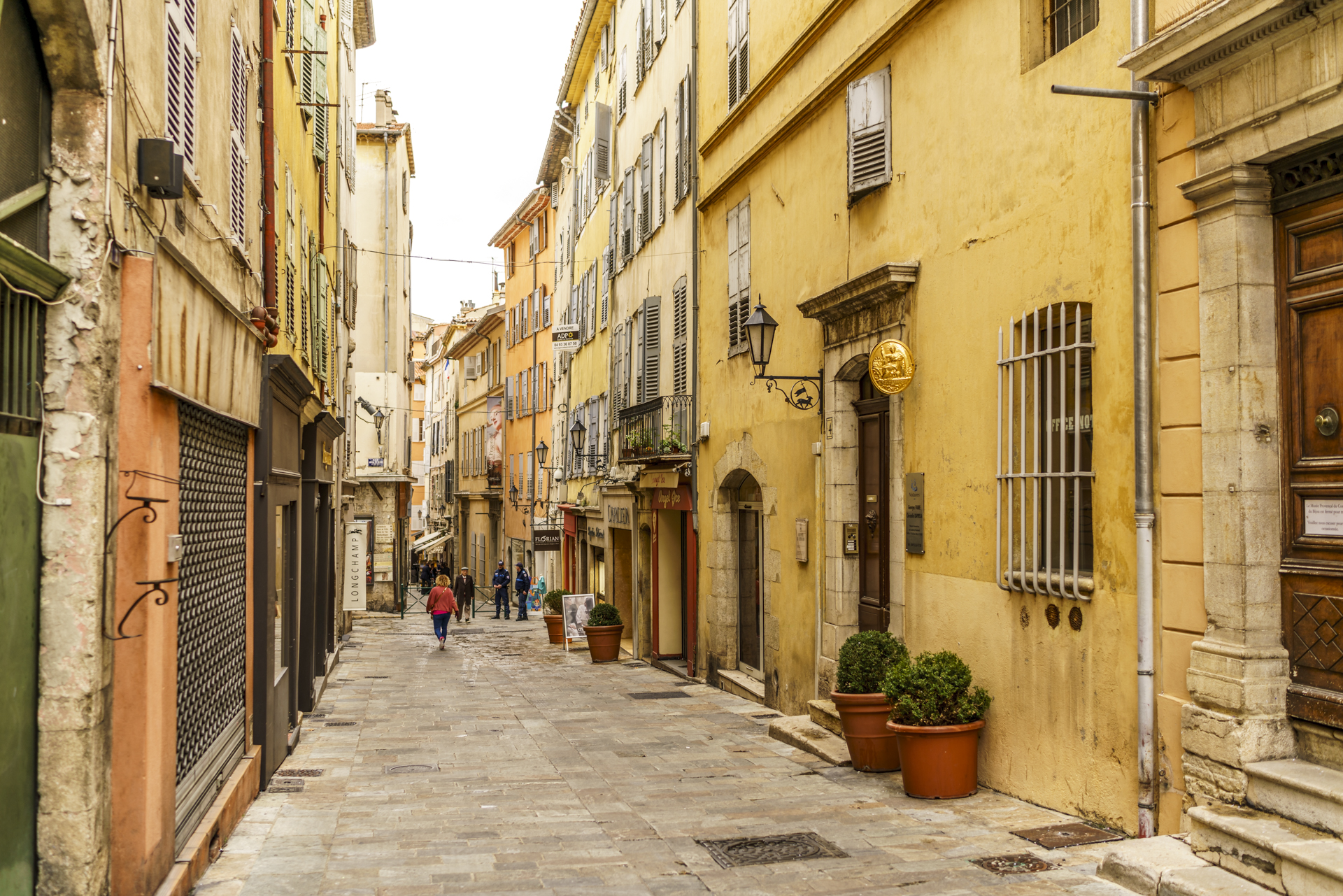
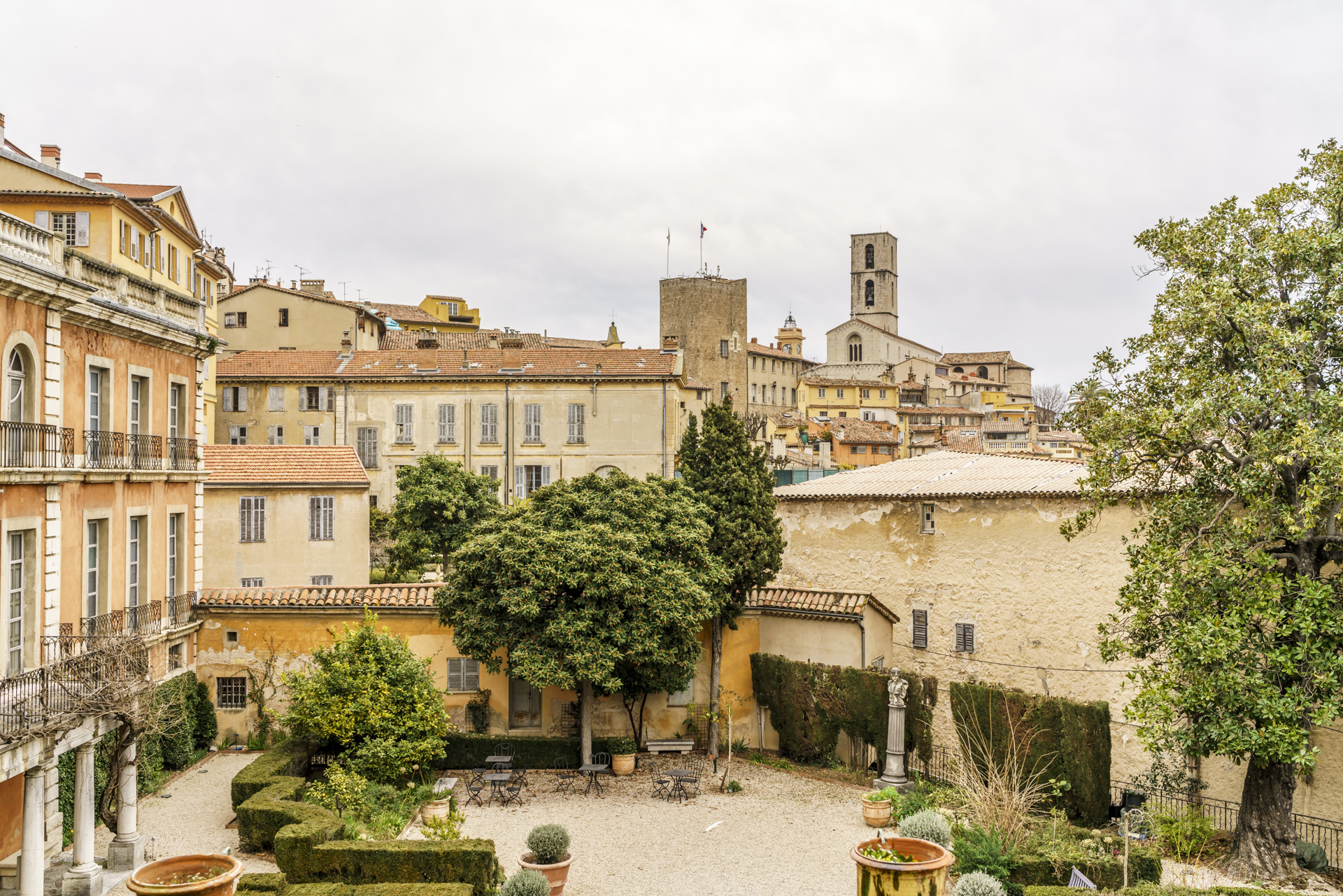
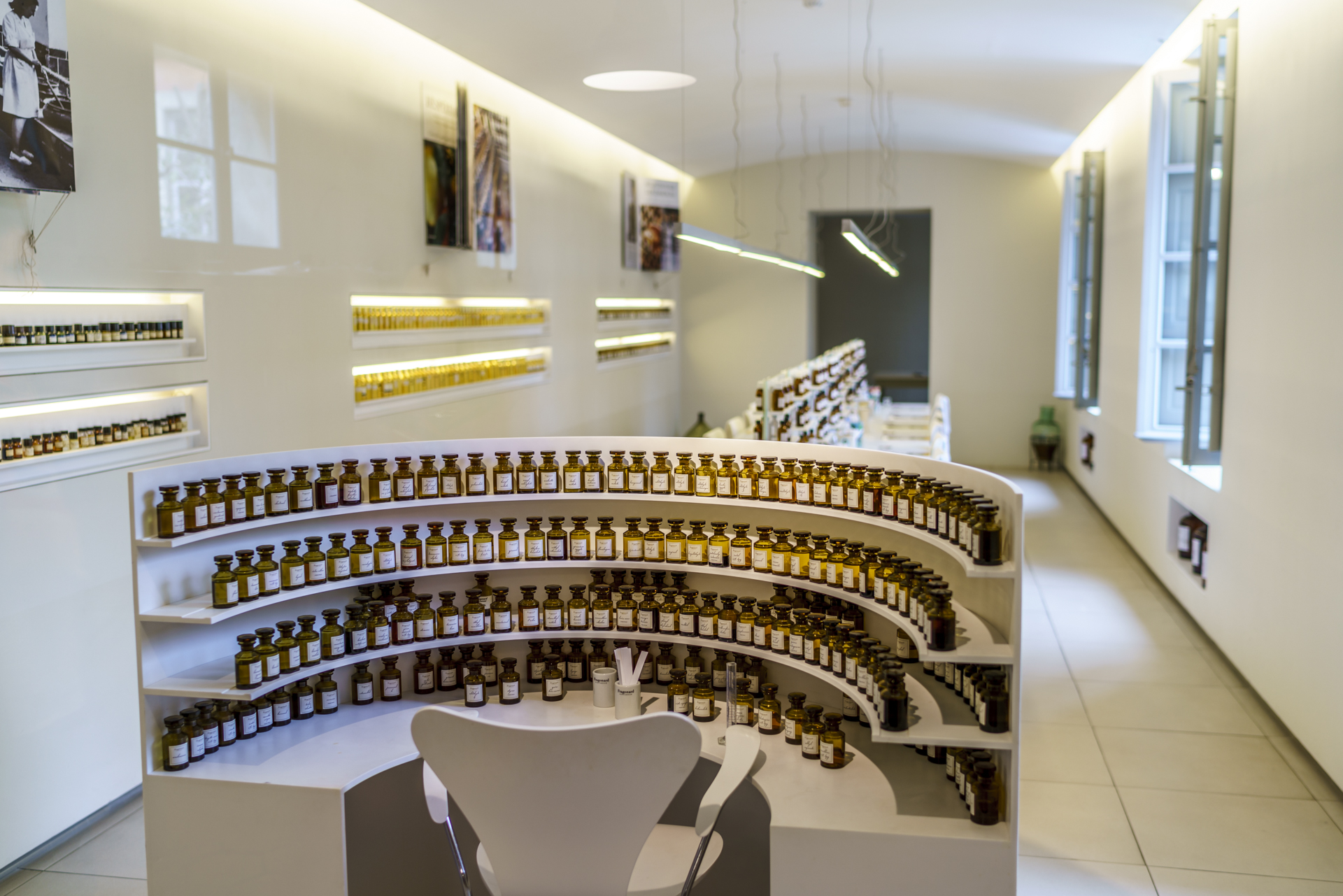
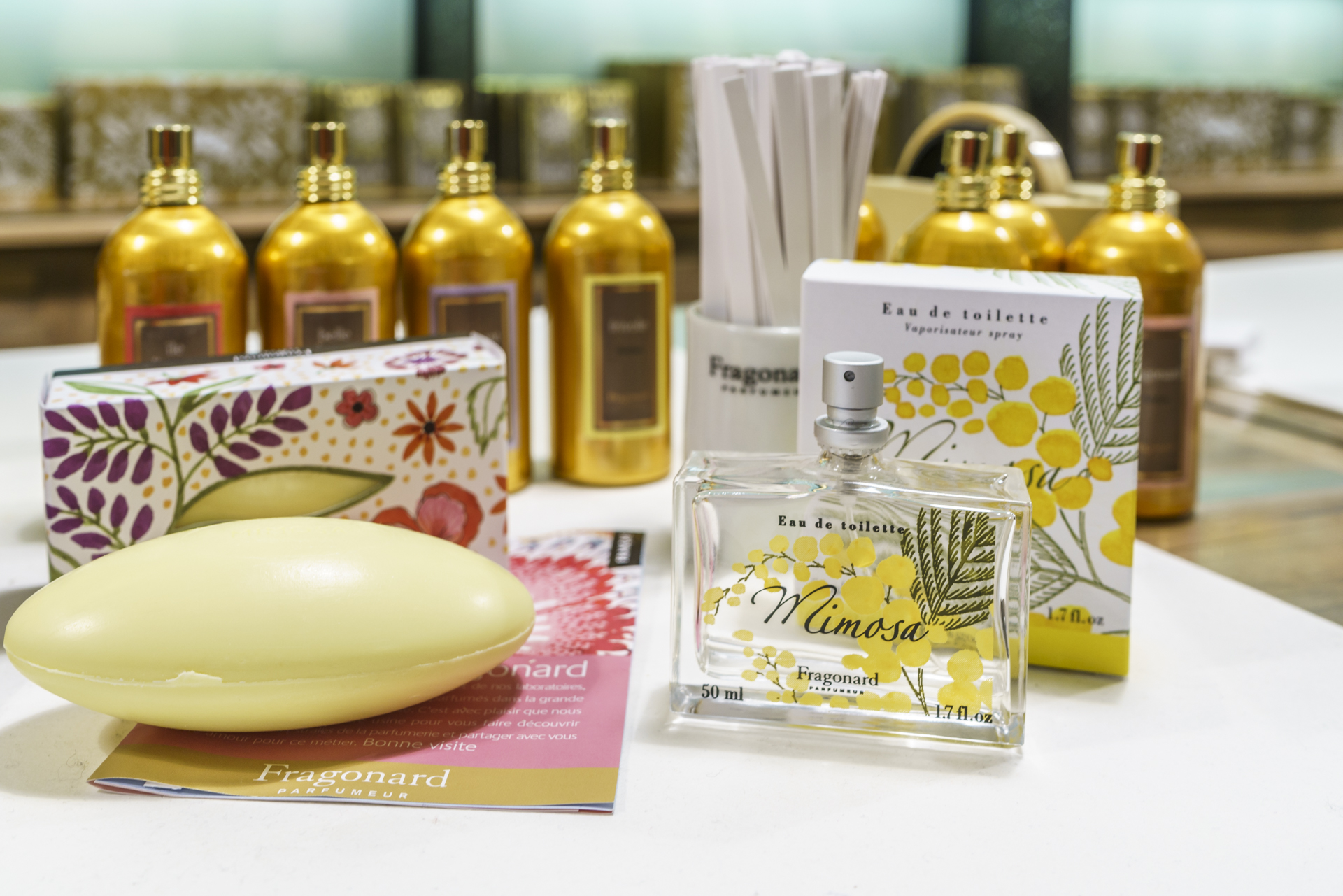
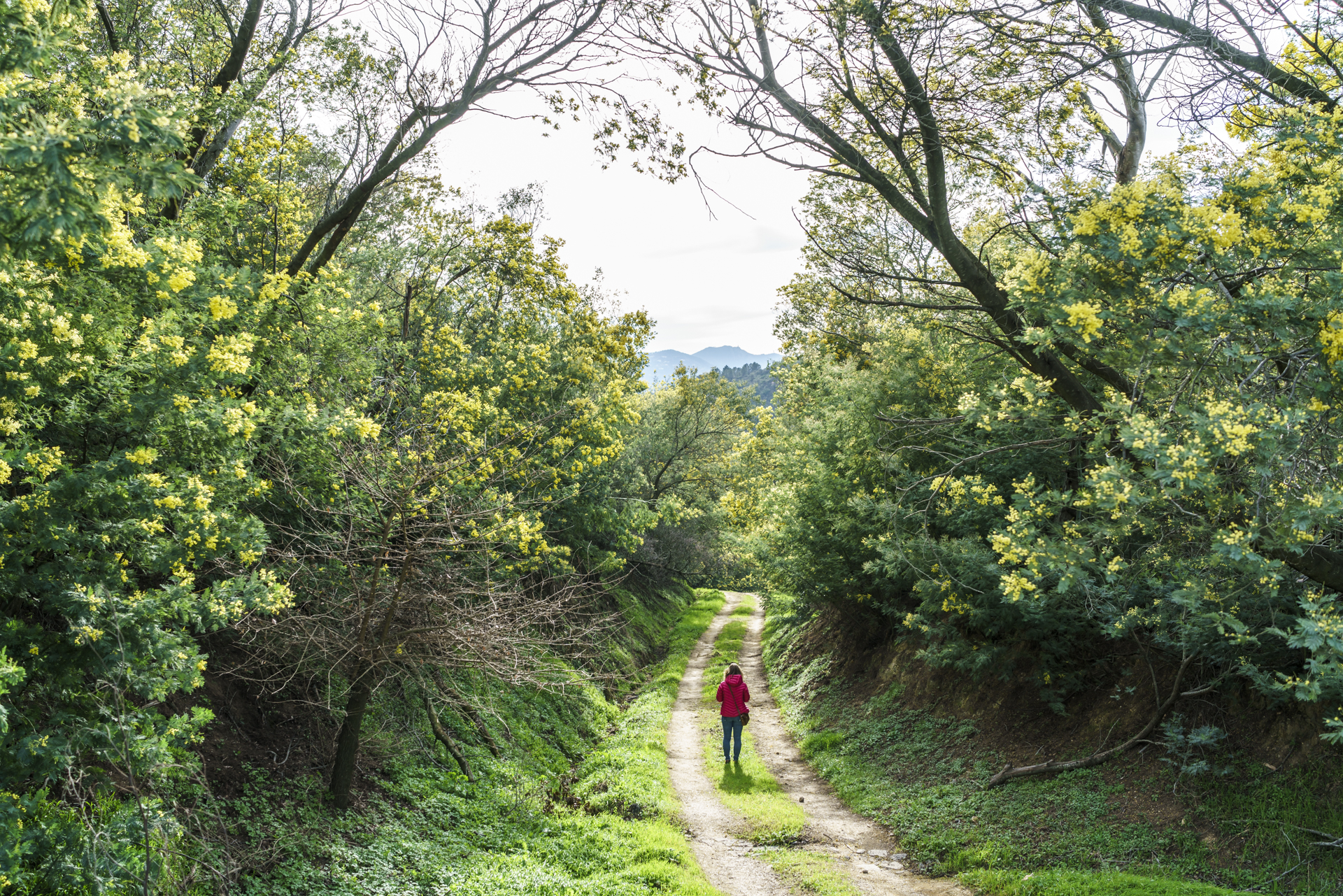
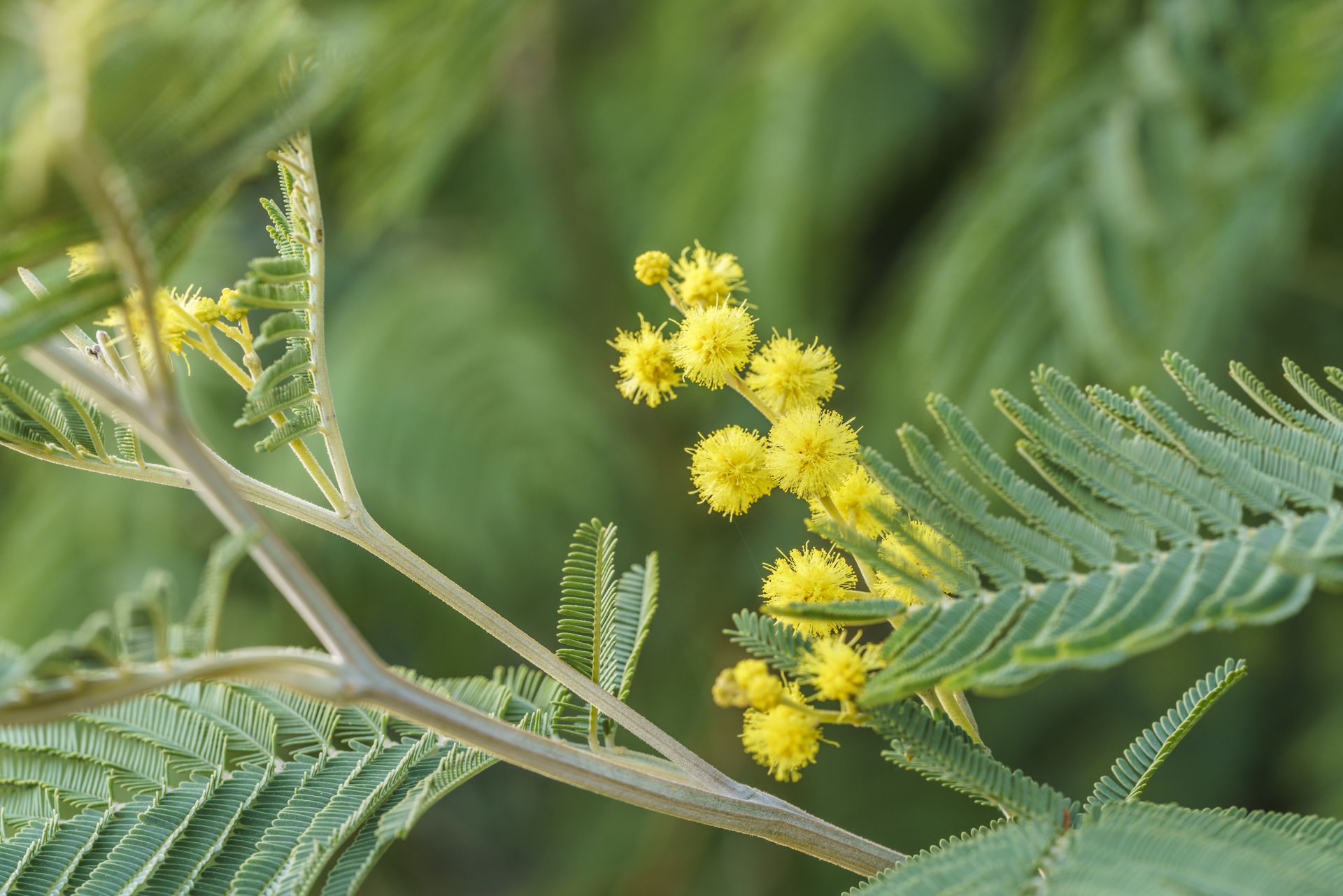
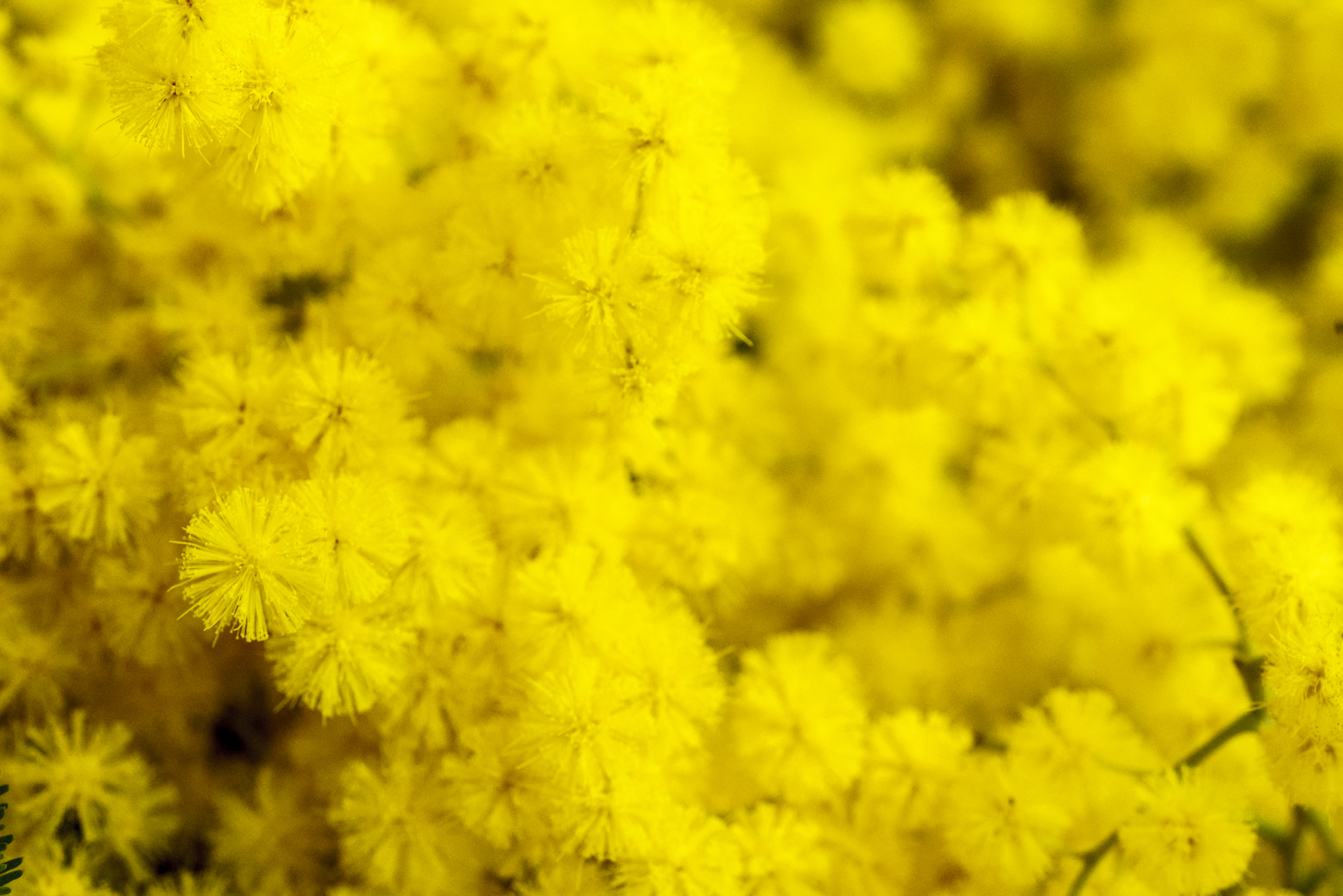
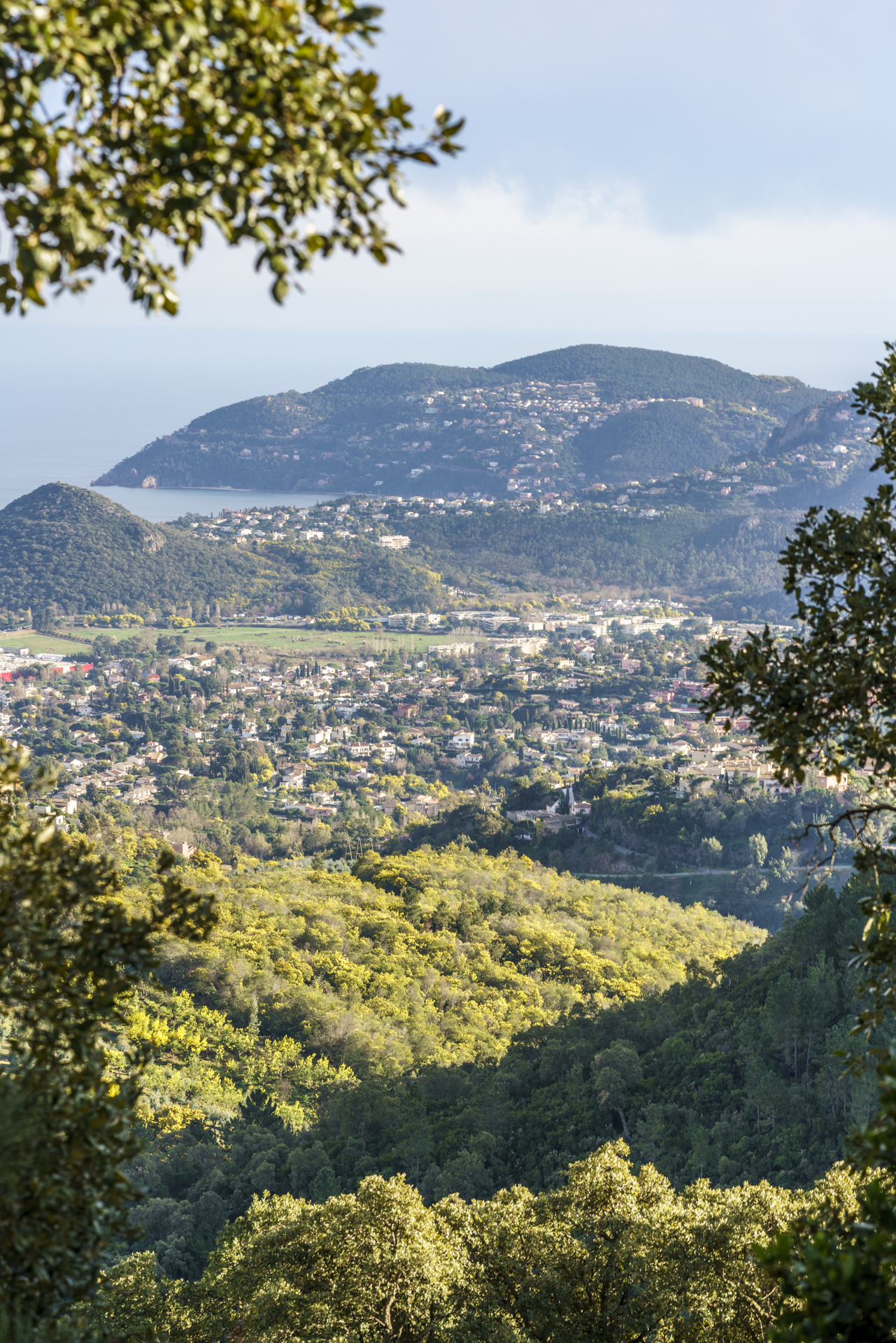
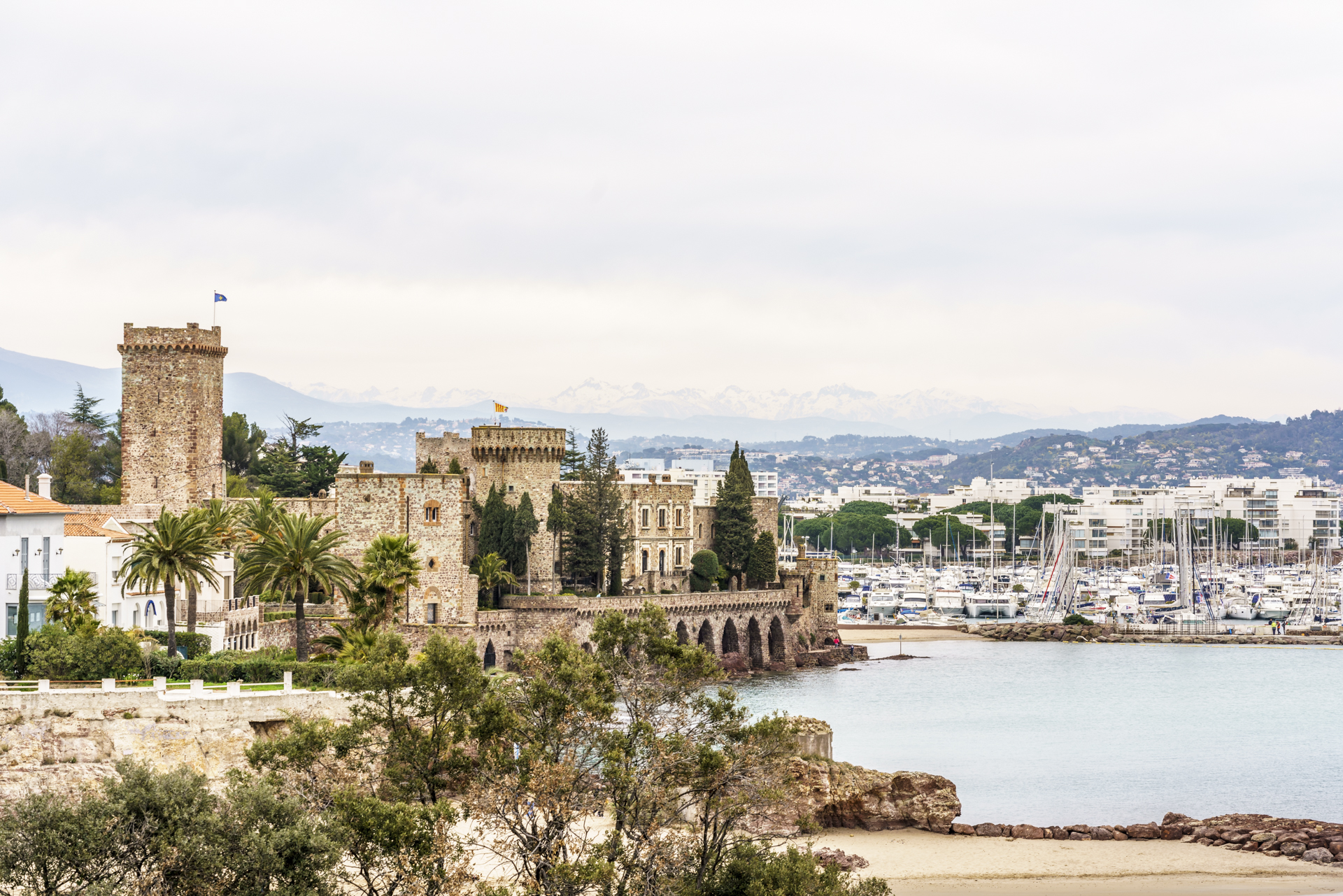
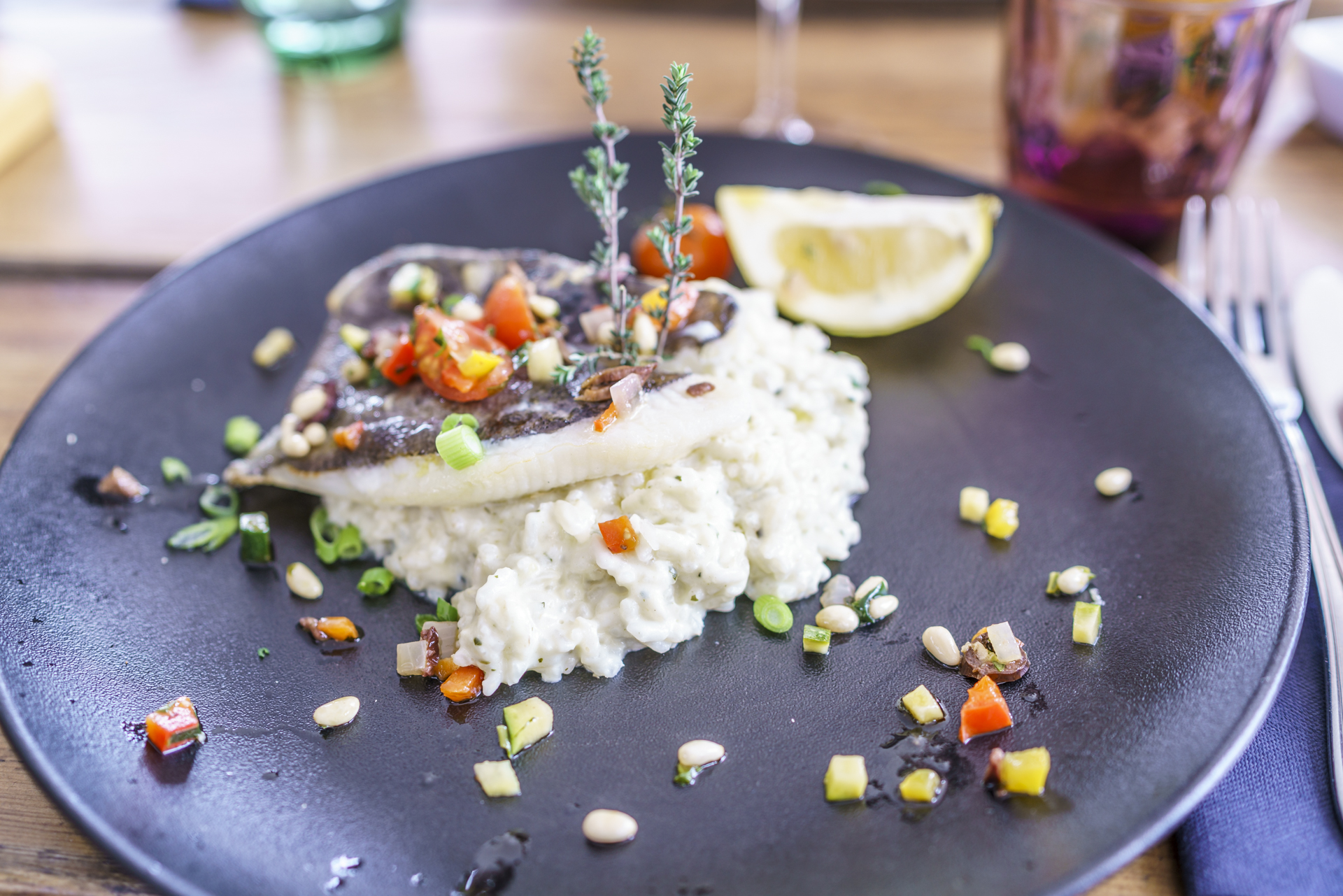
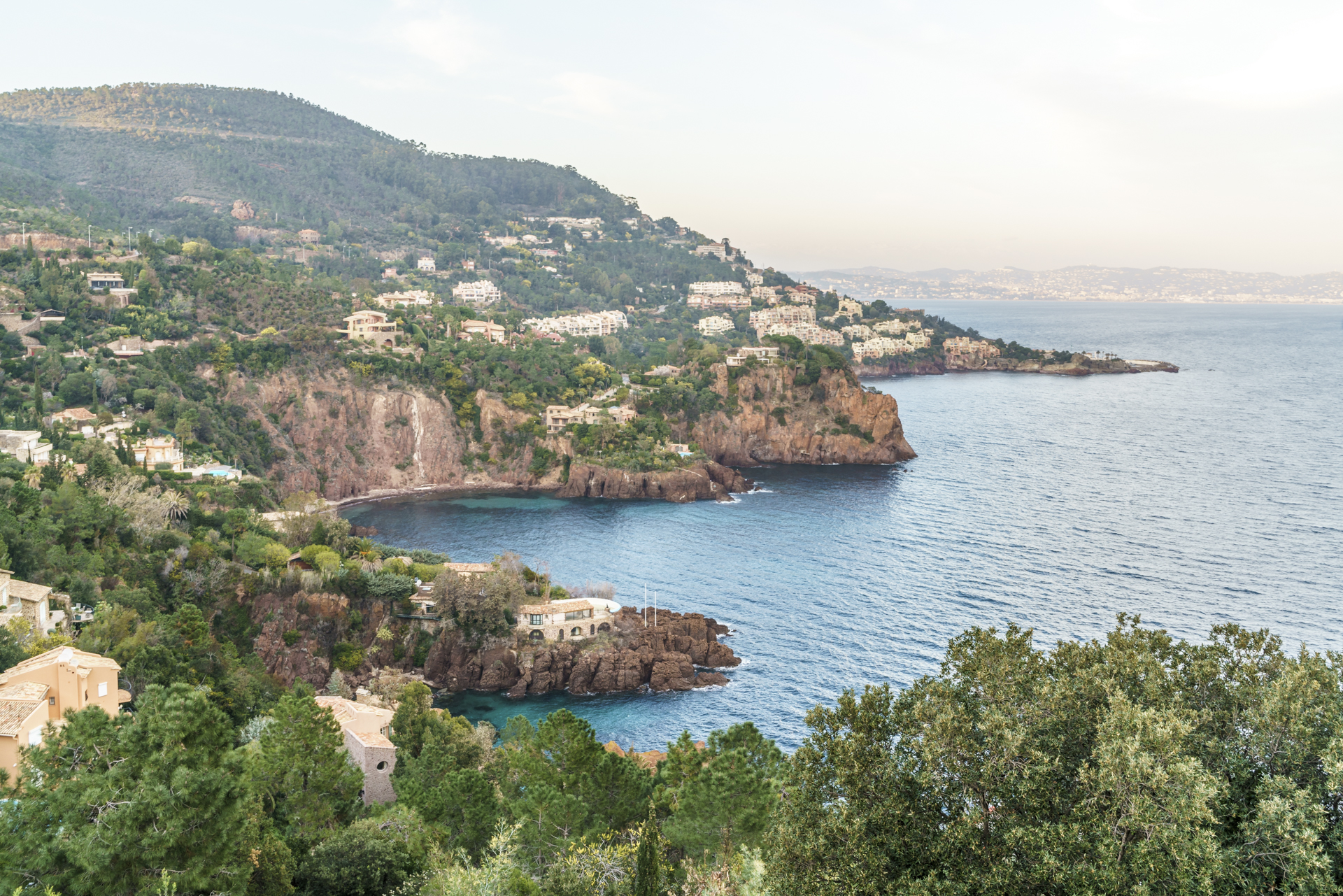
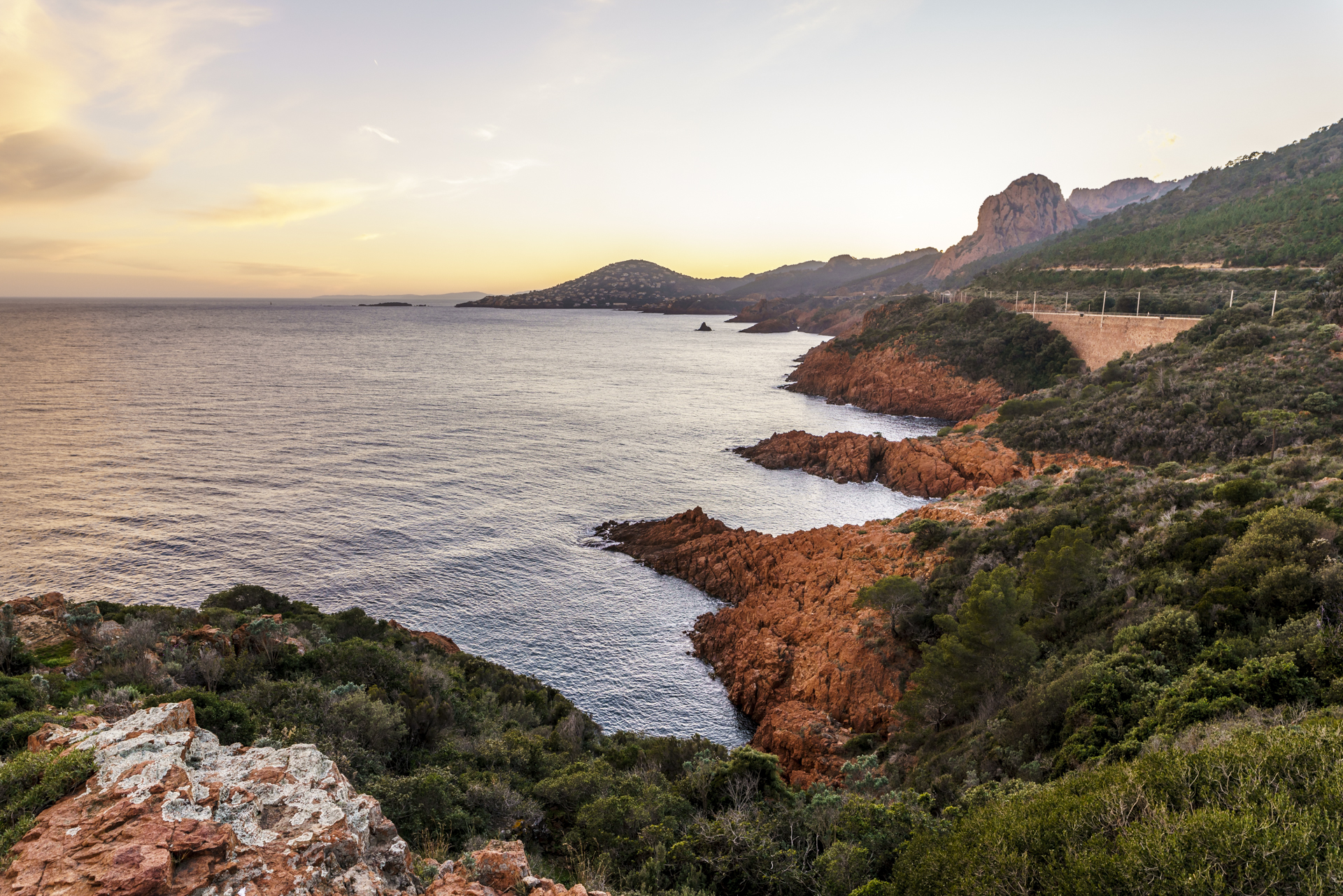
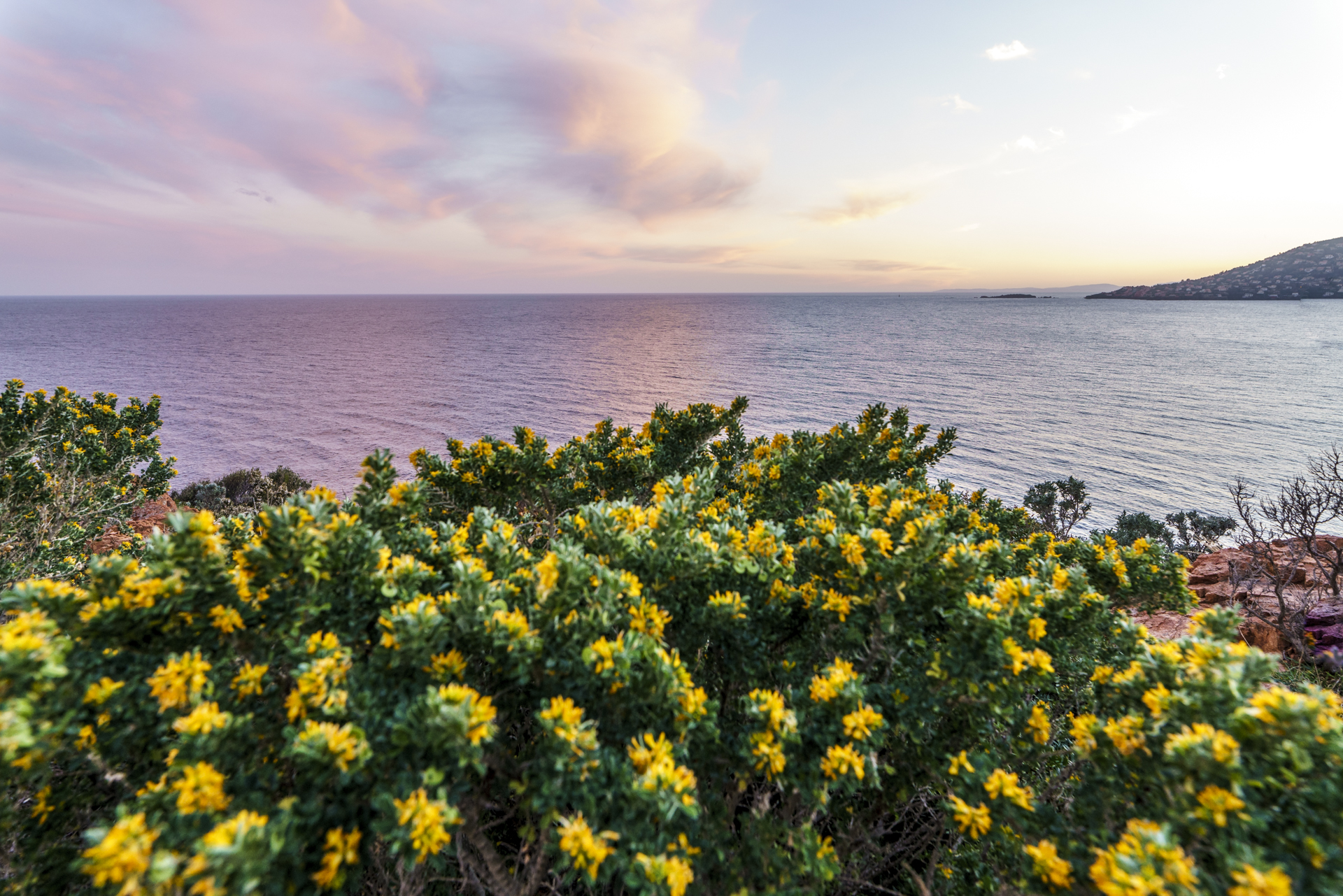
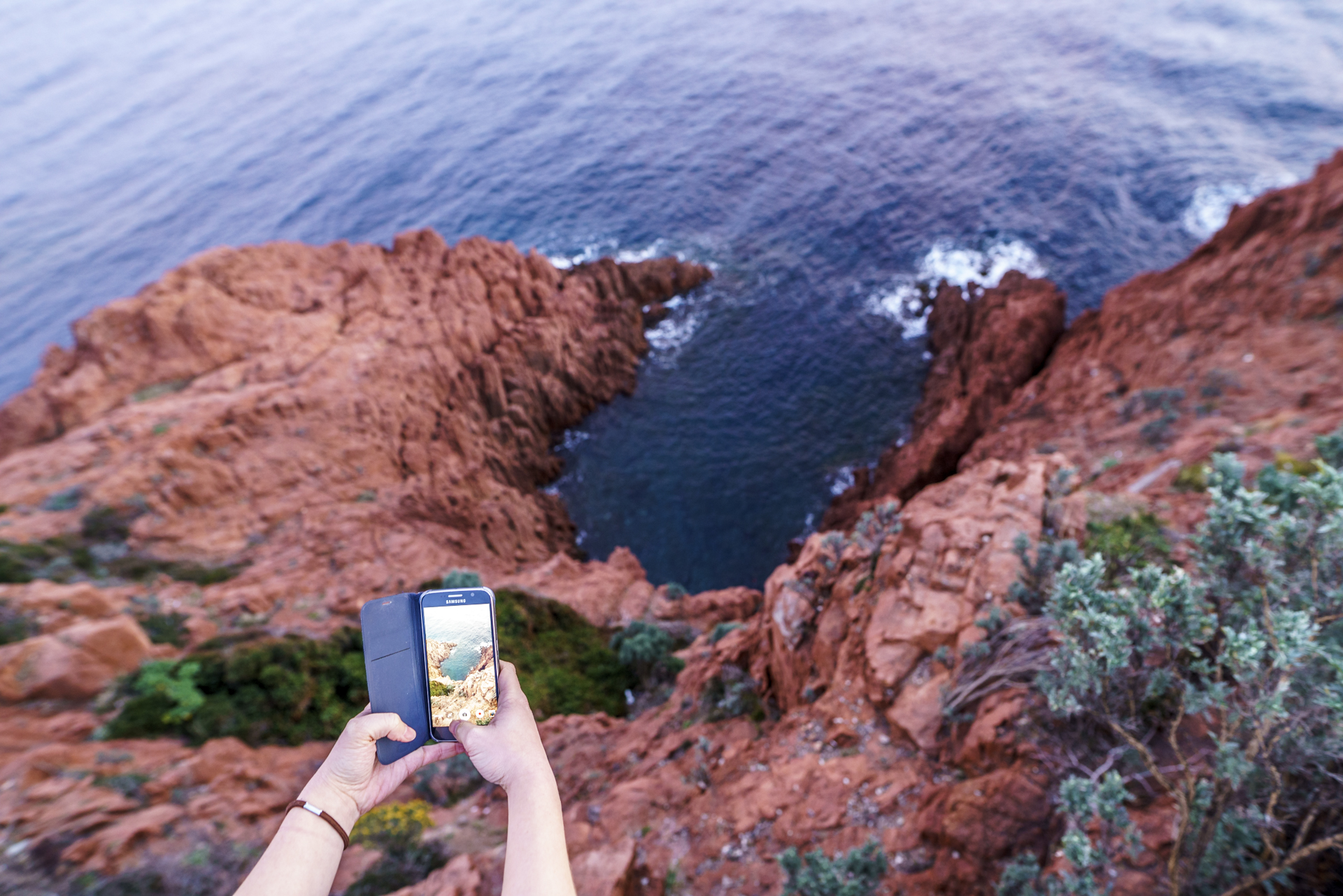
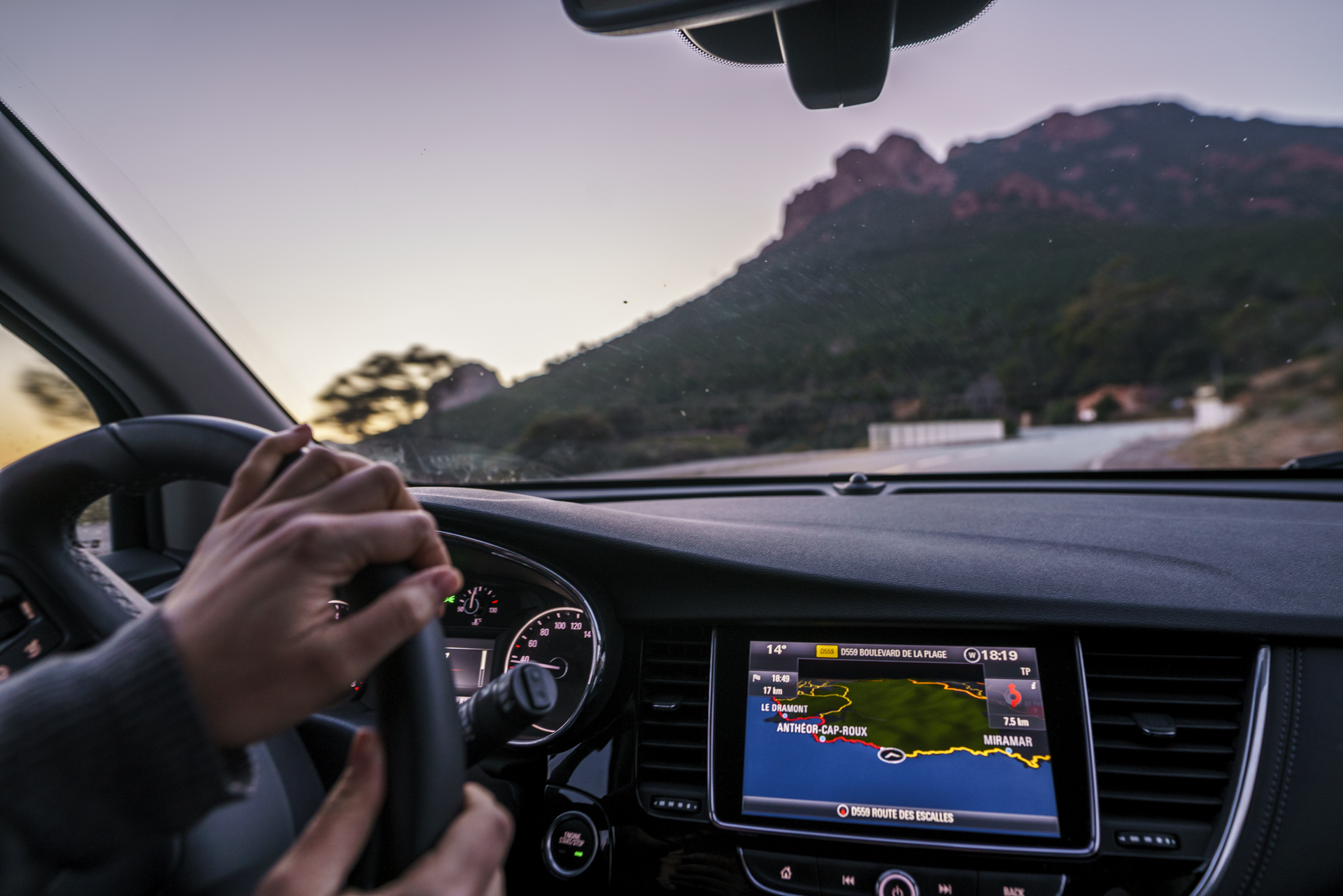
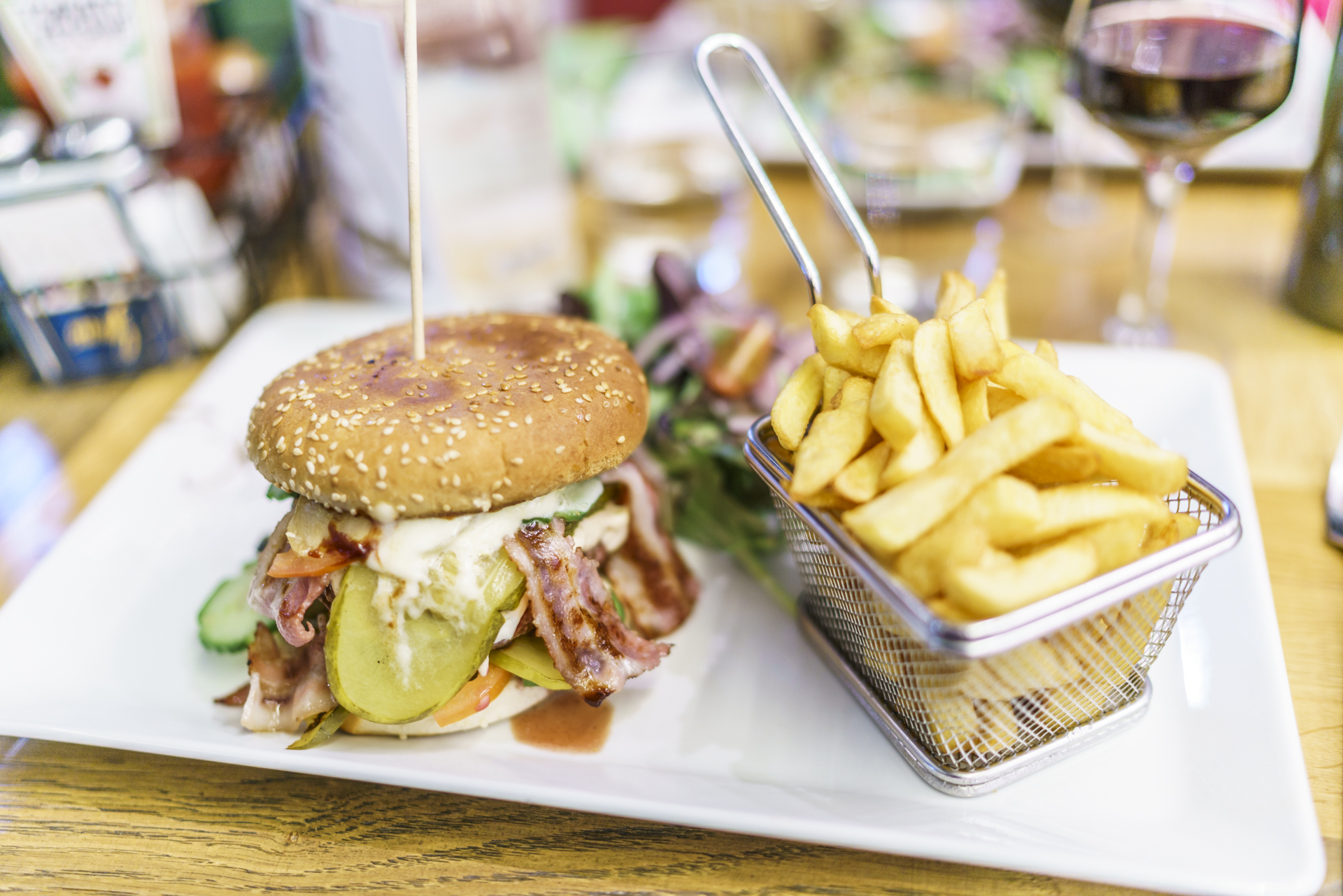
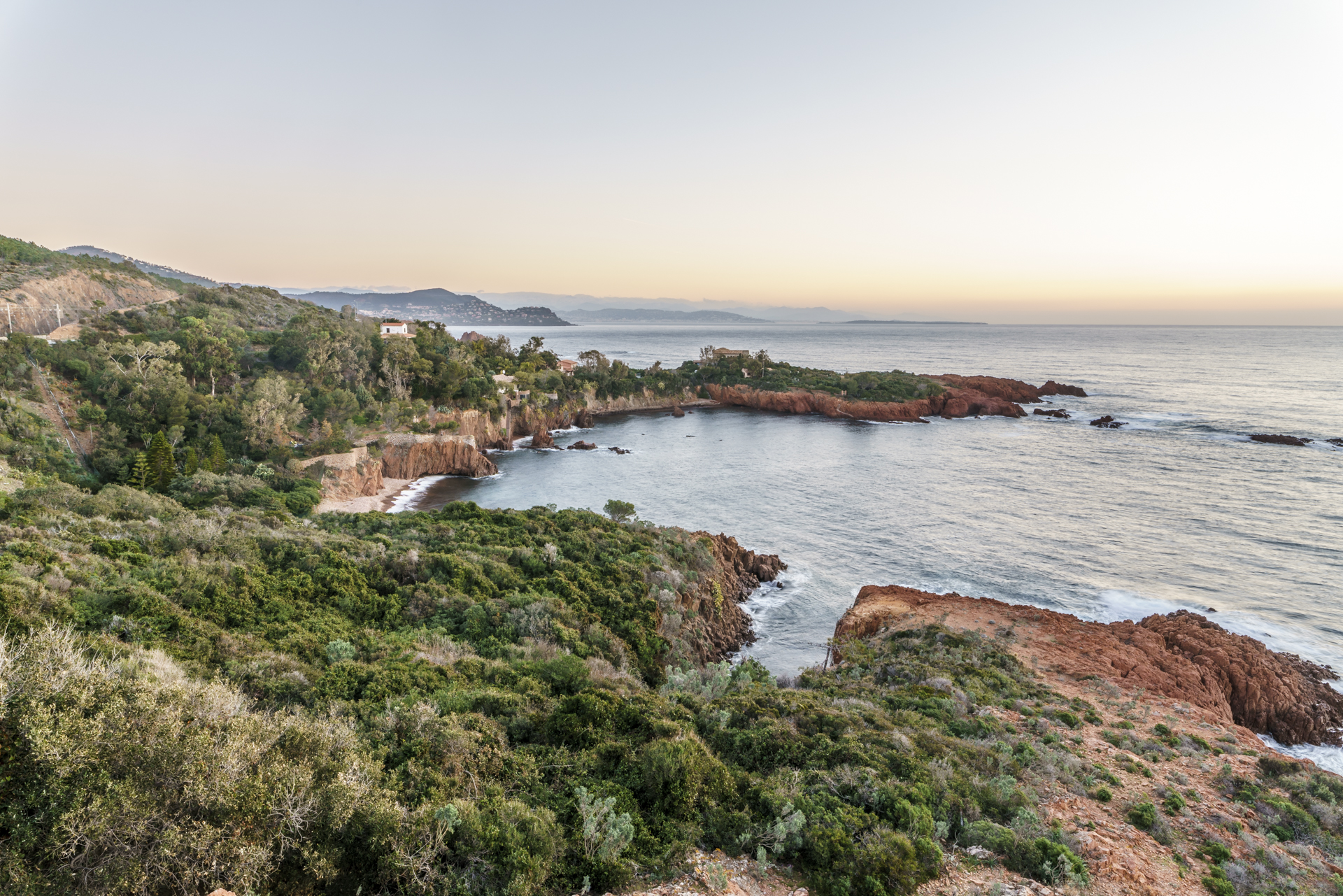
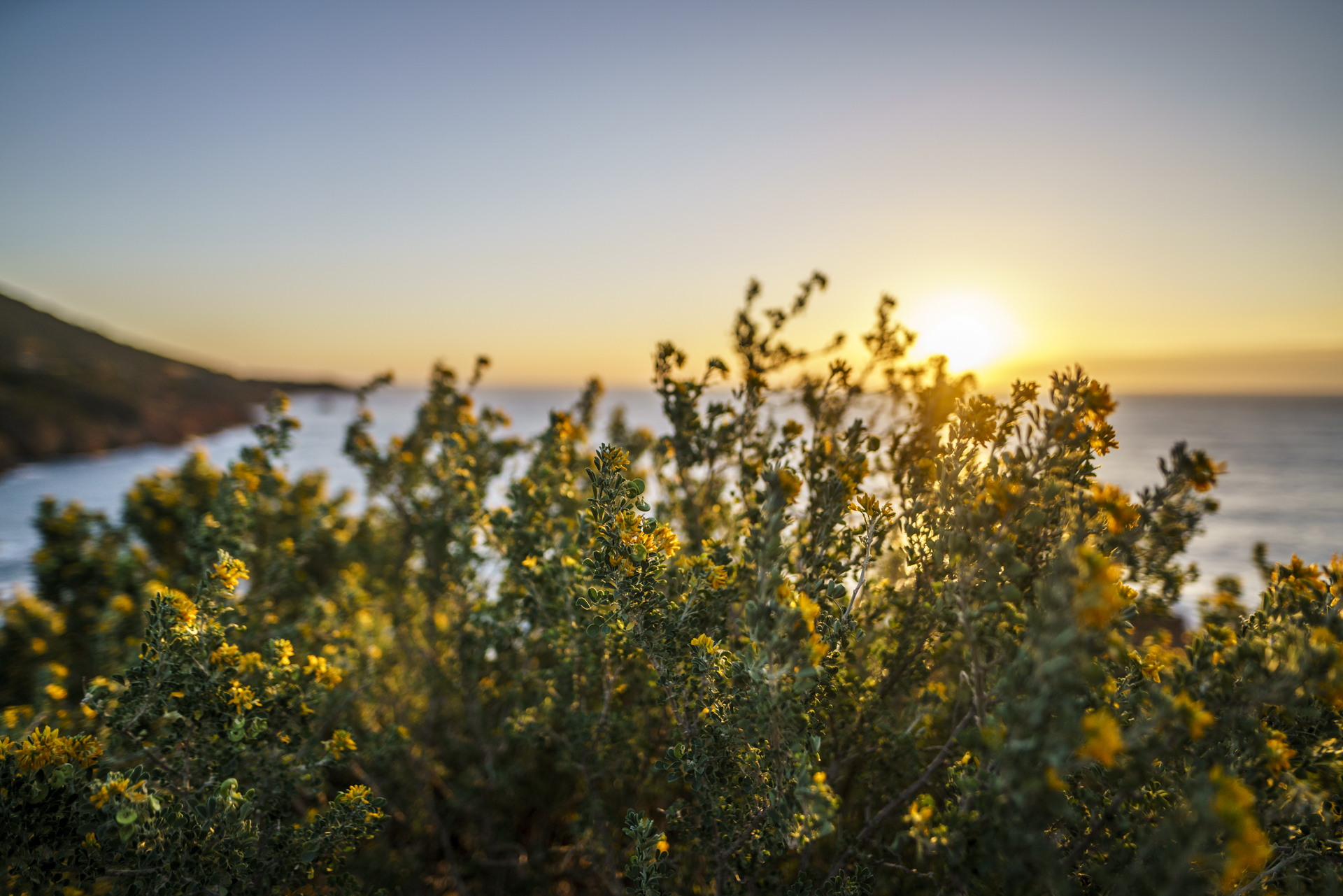
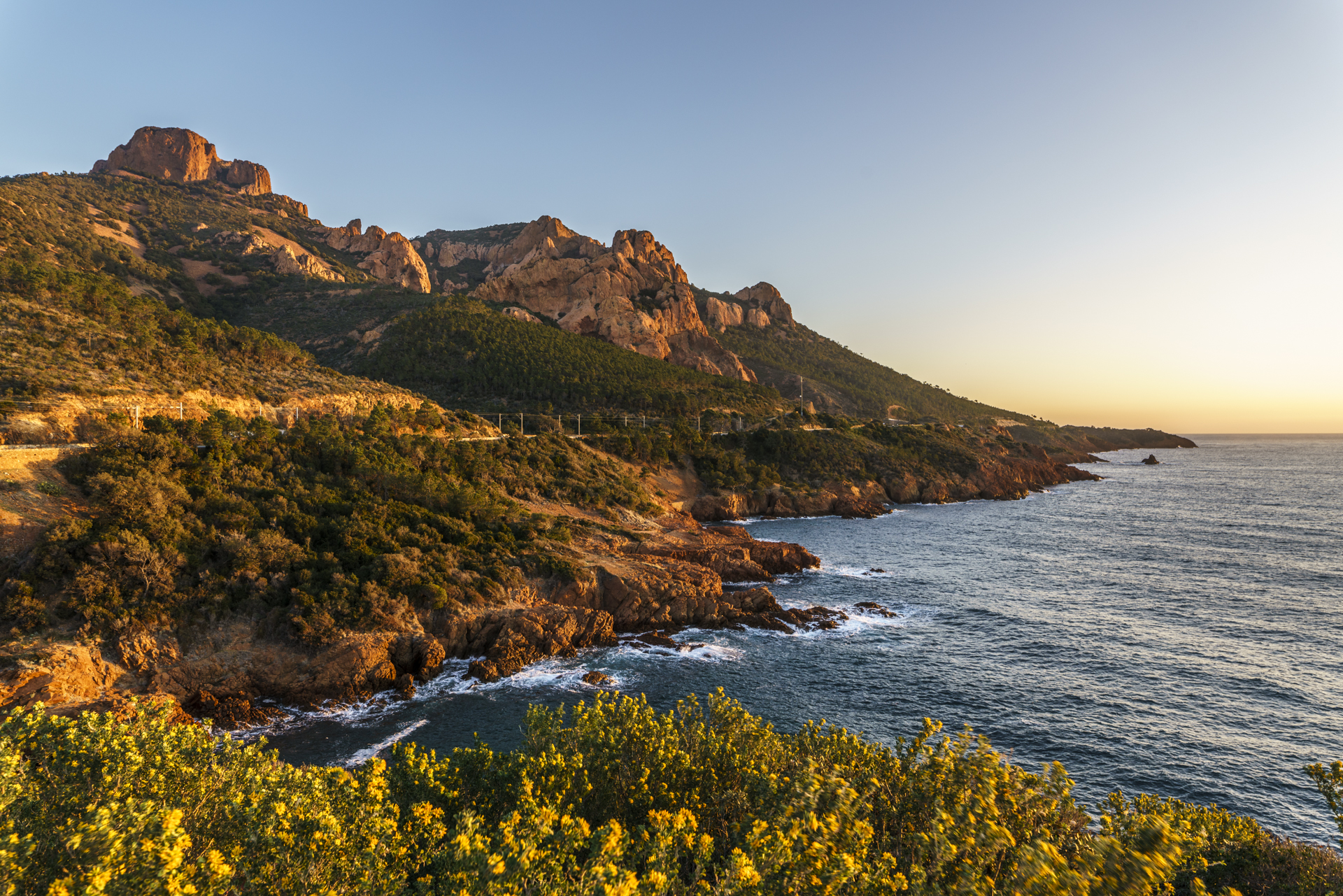

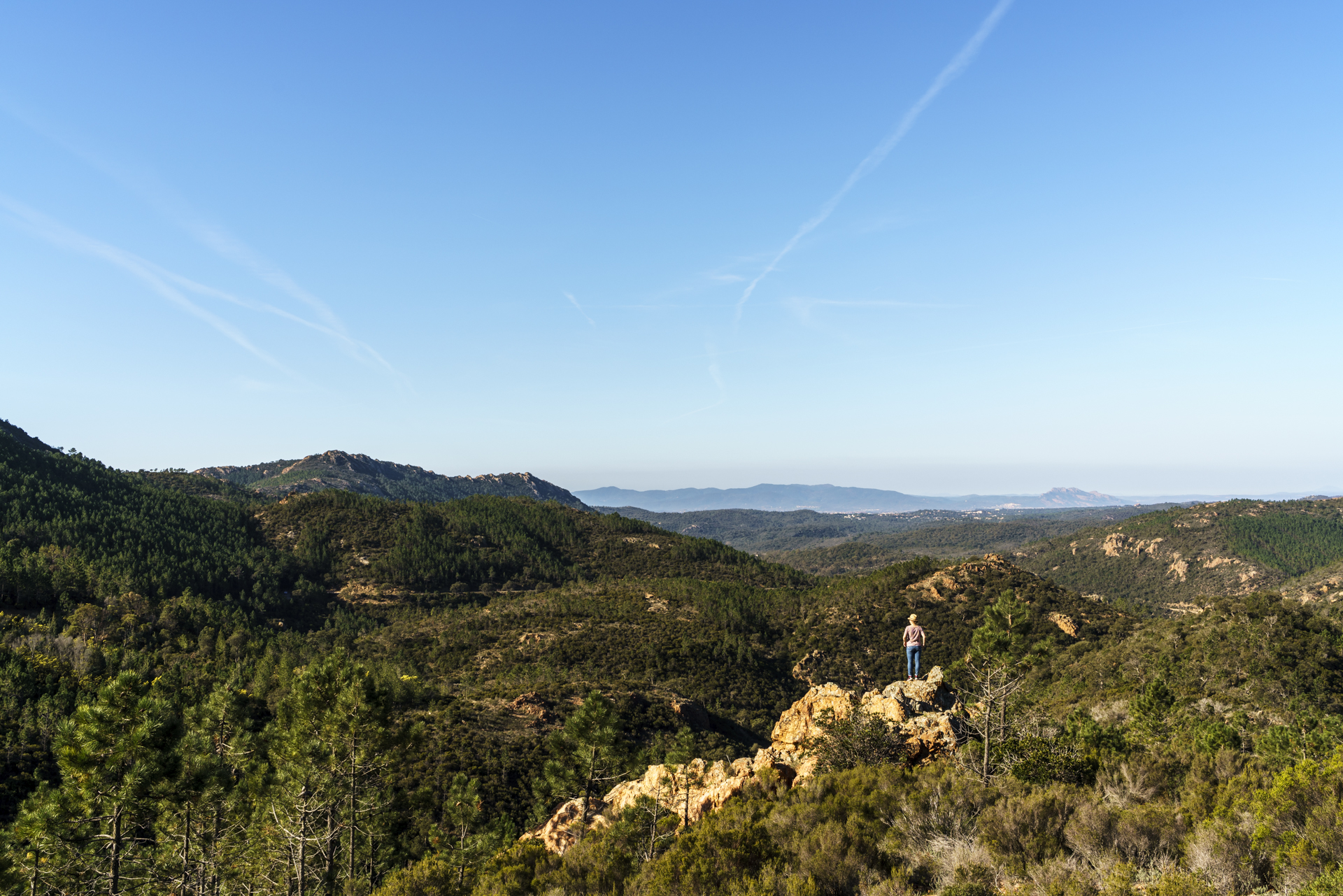
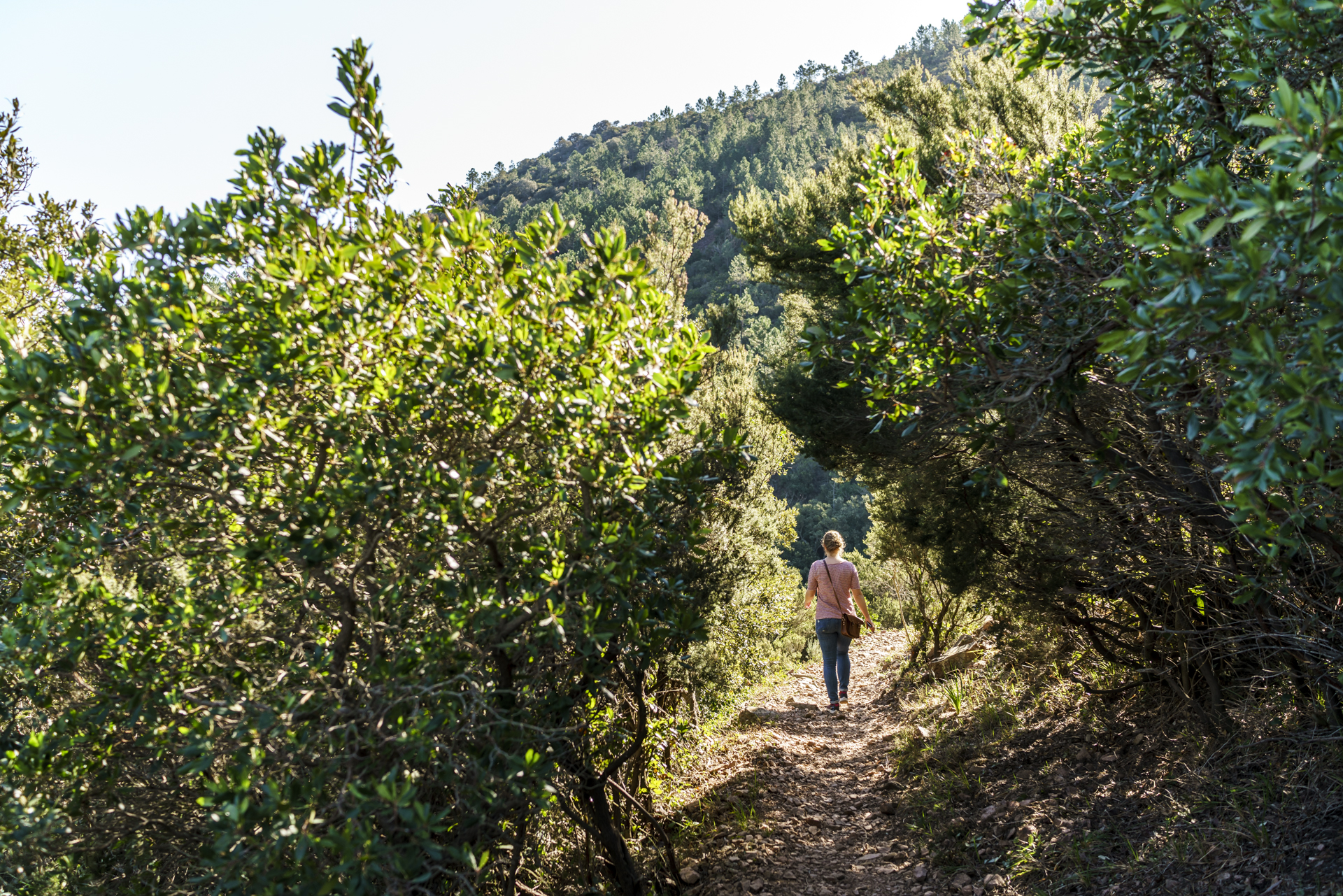
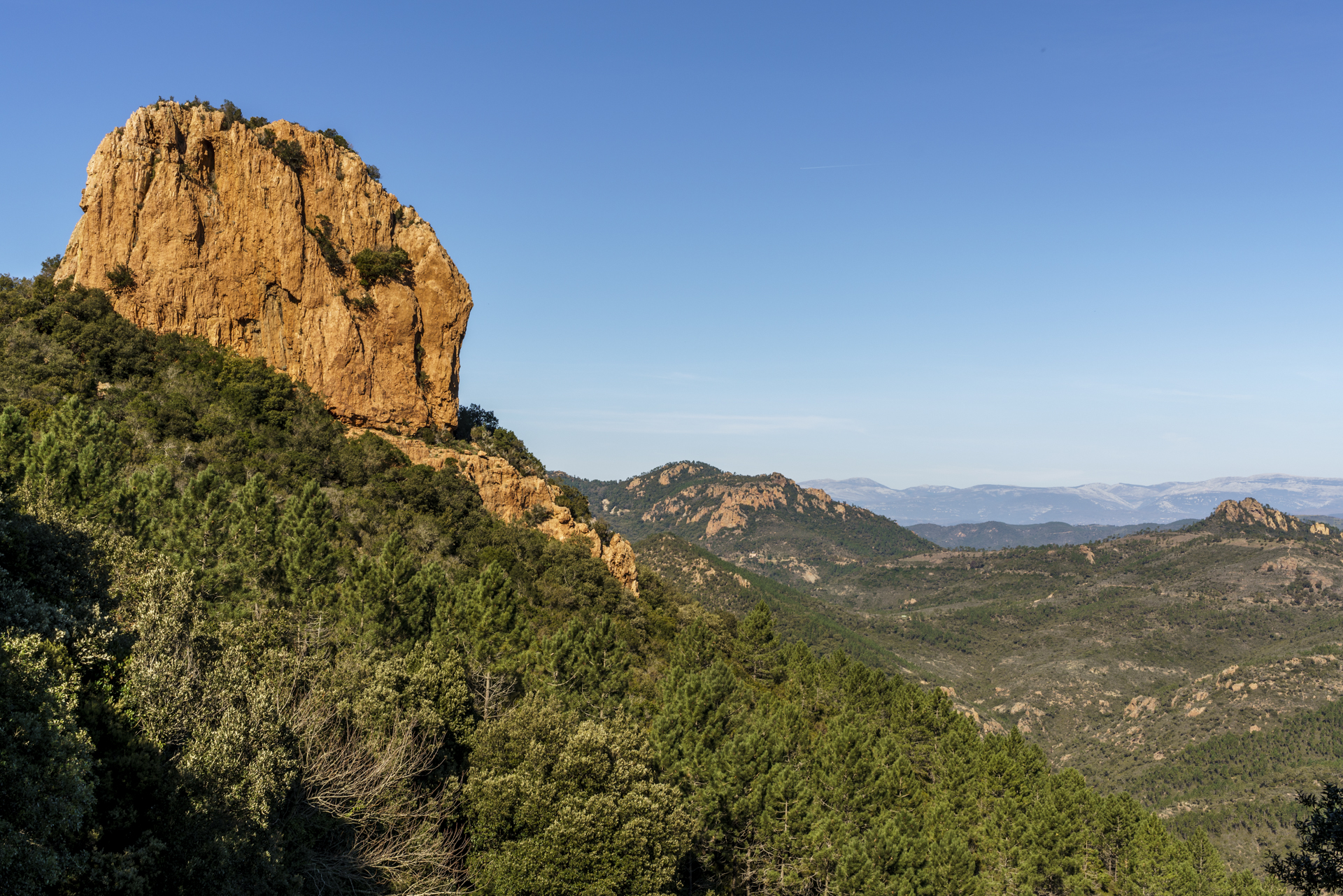
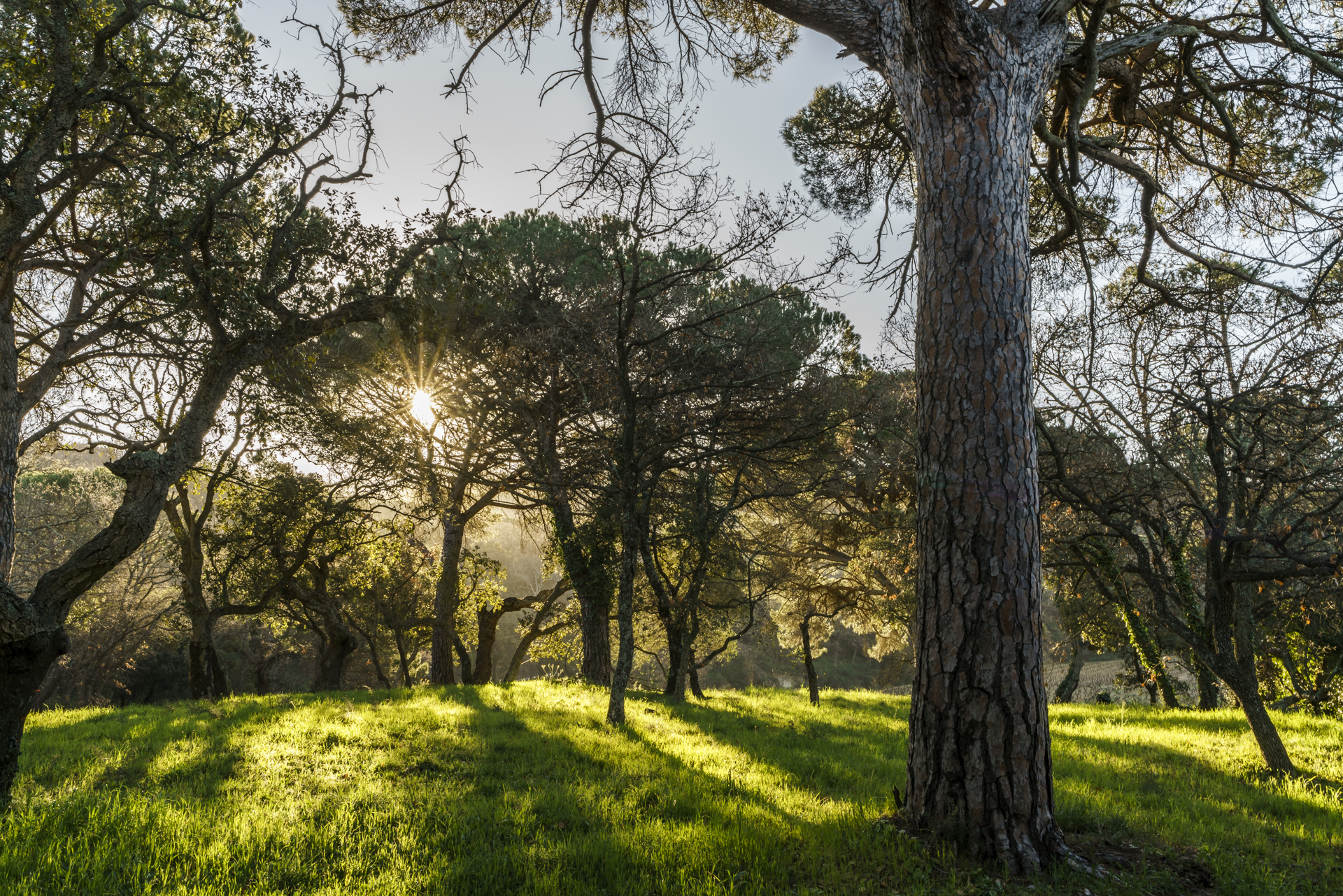
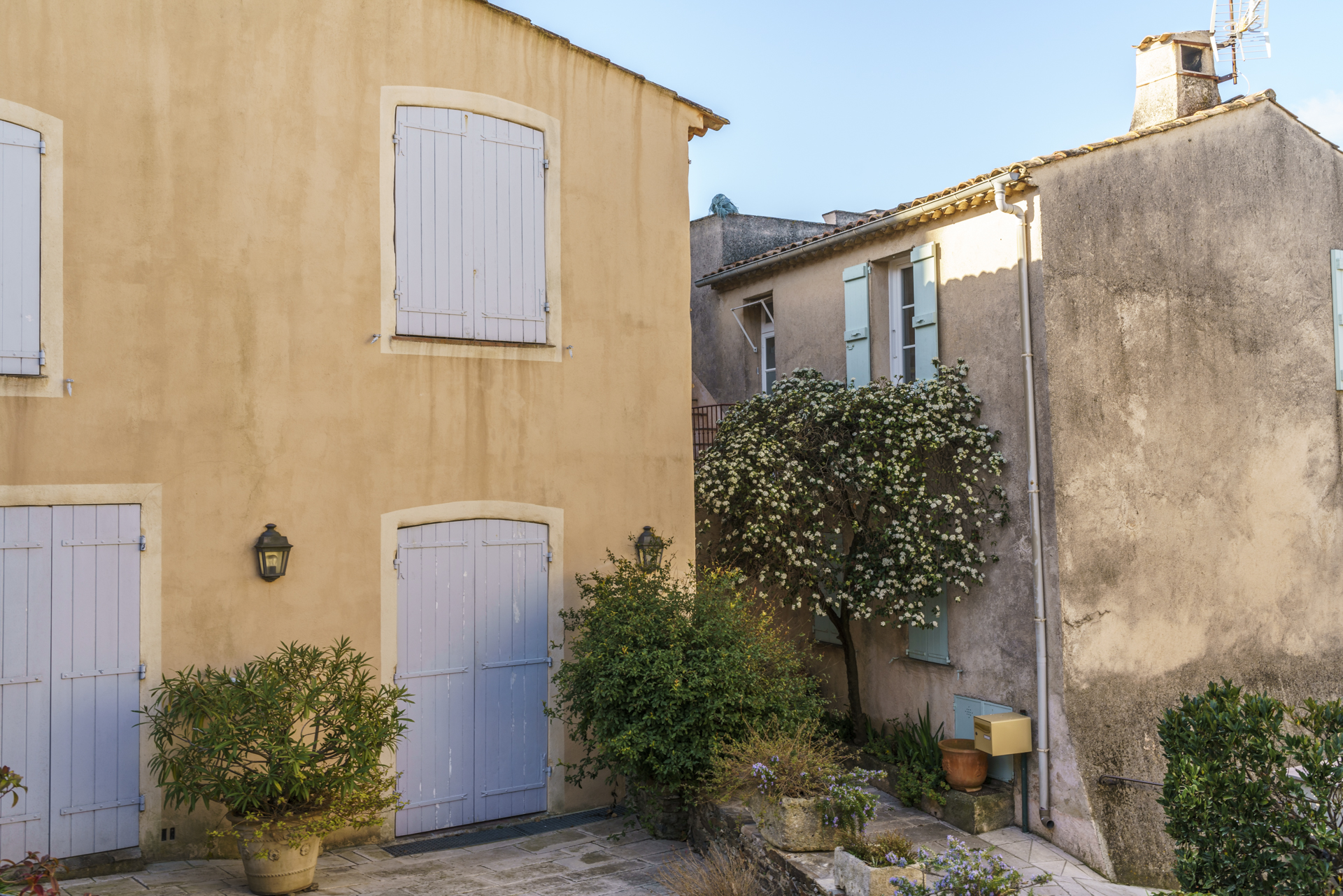
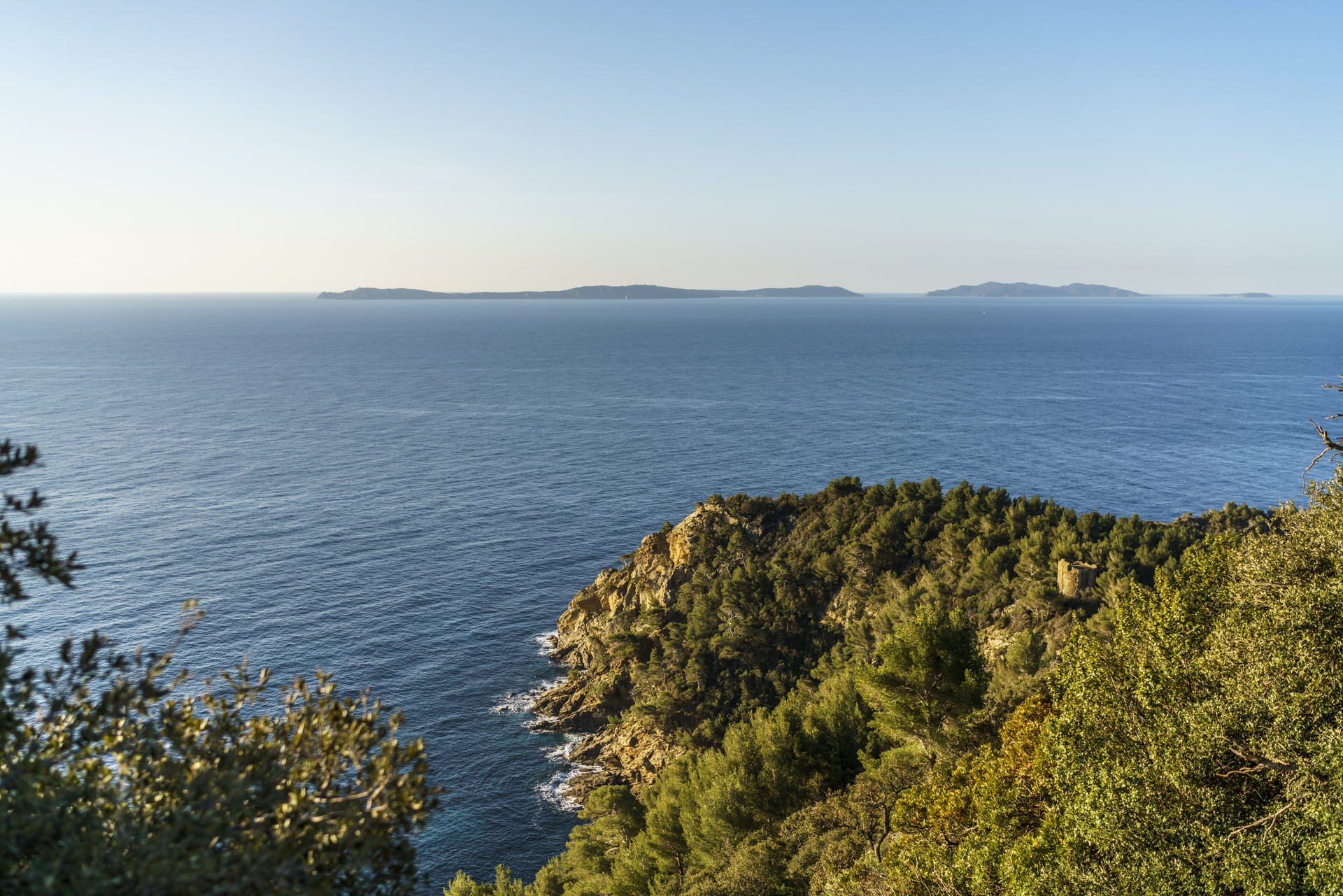
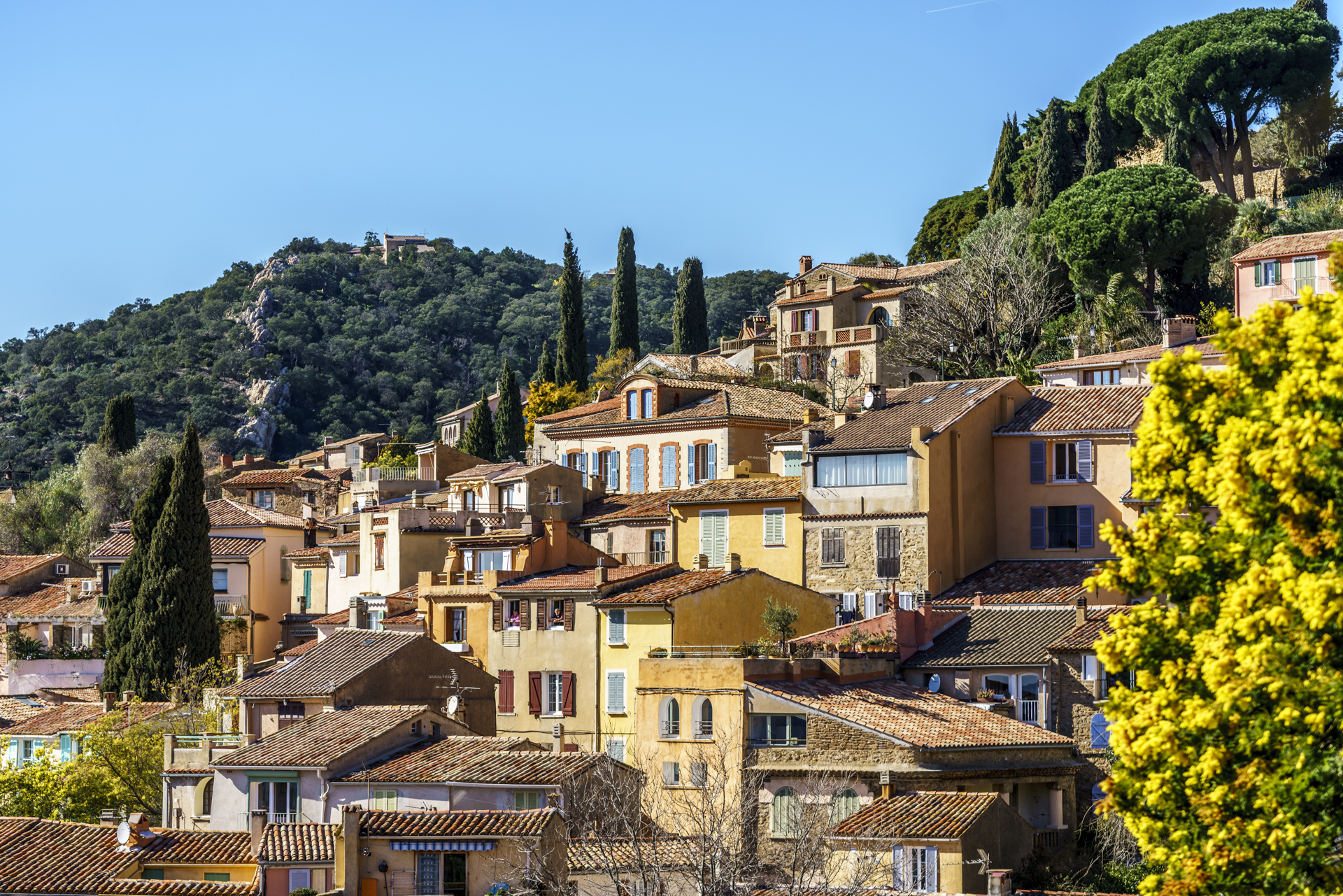
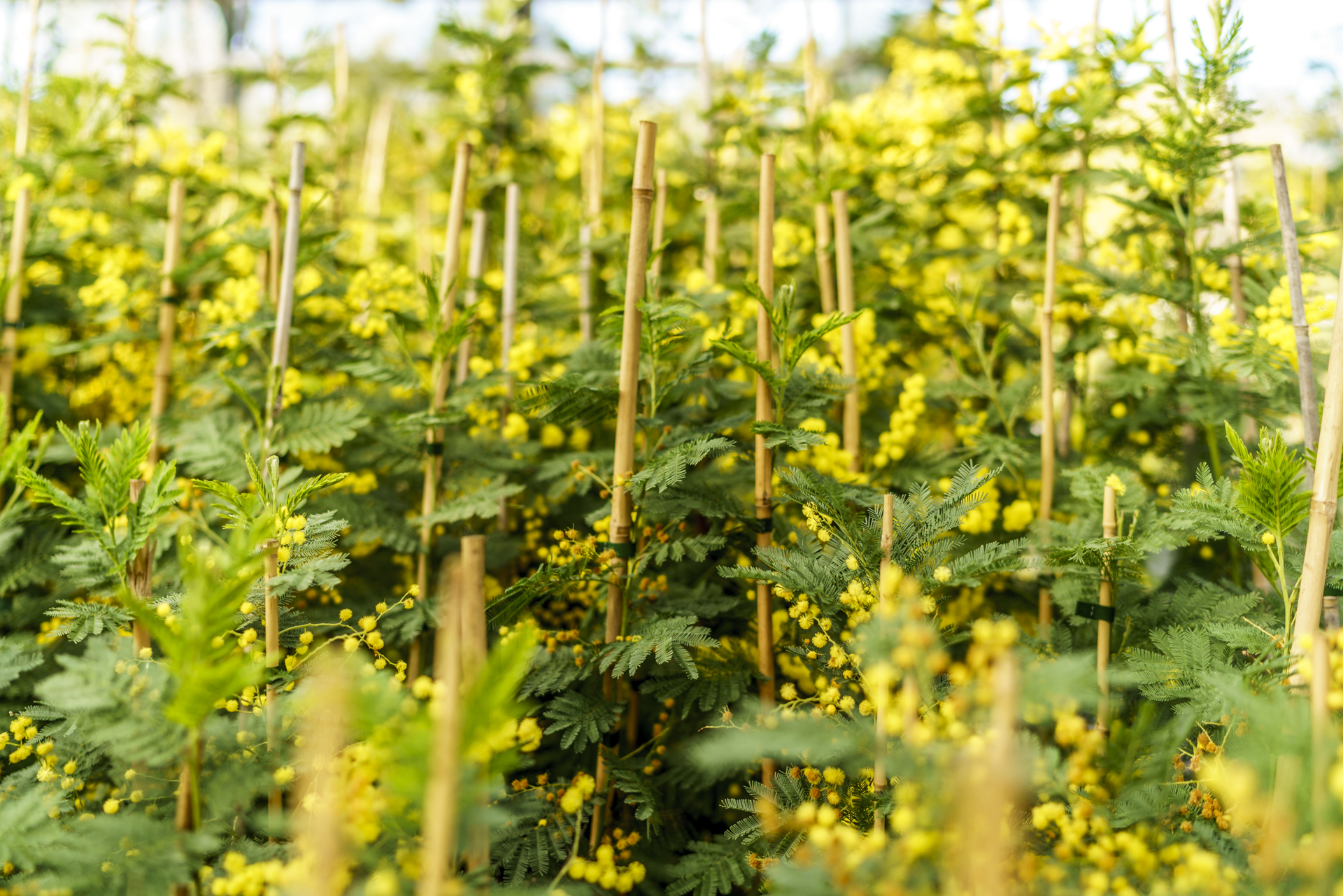
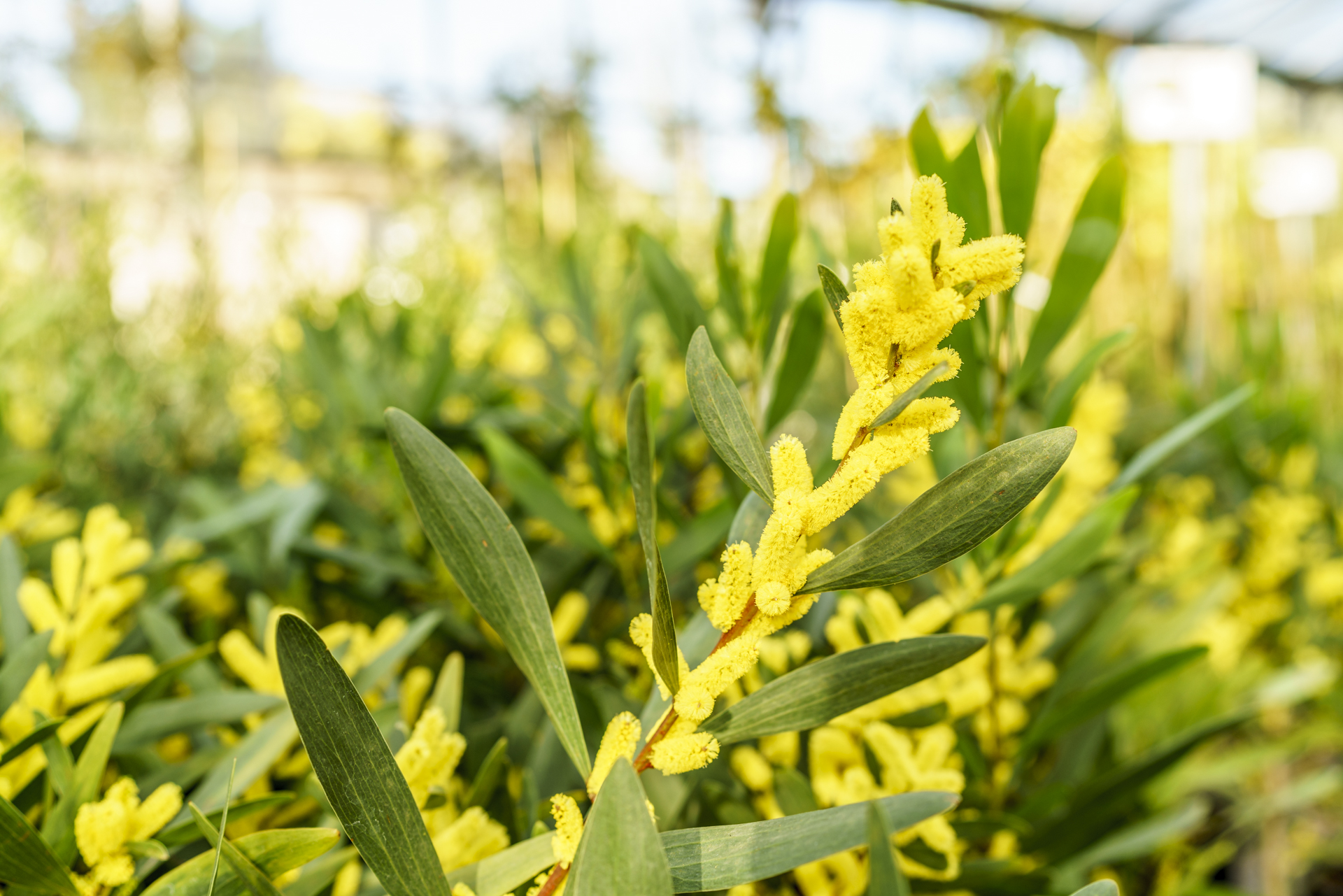

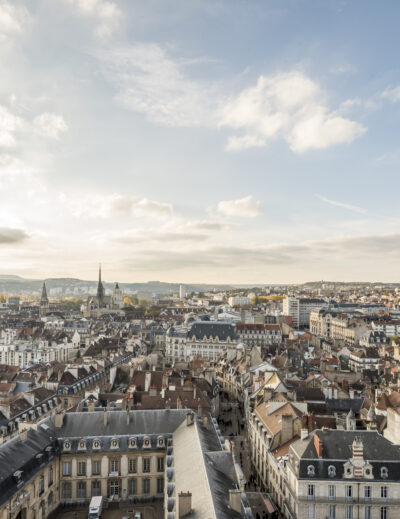
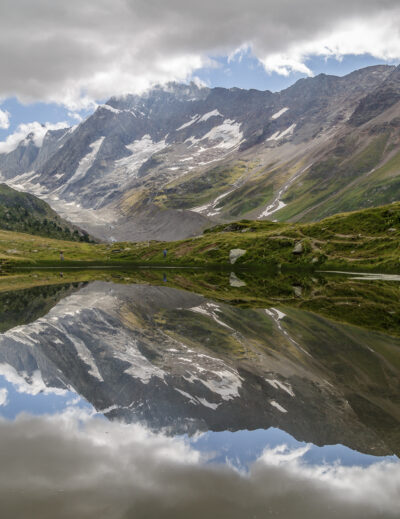
Leave a Reply